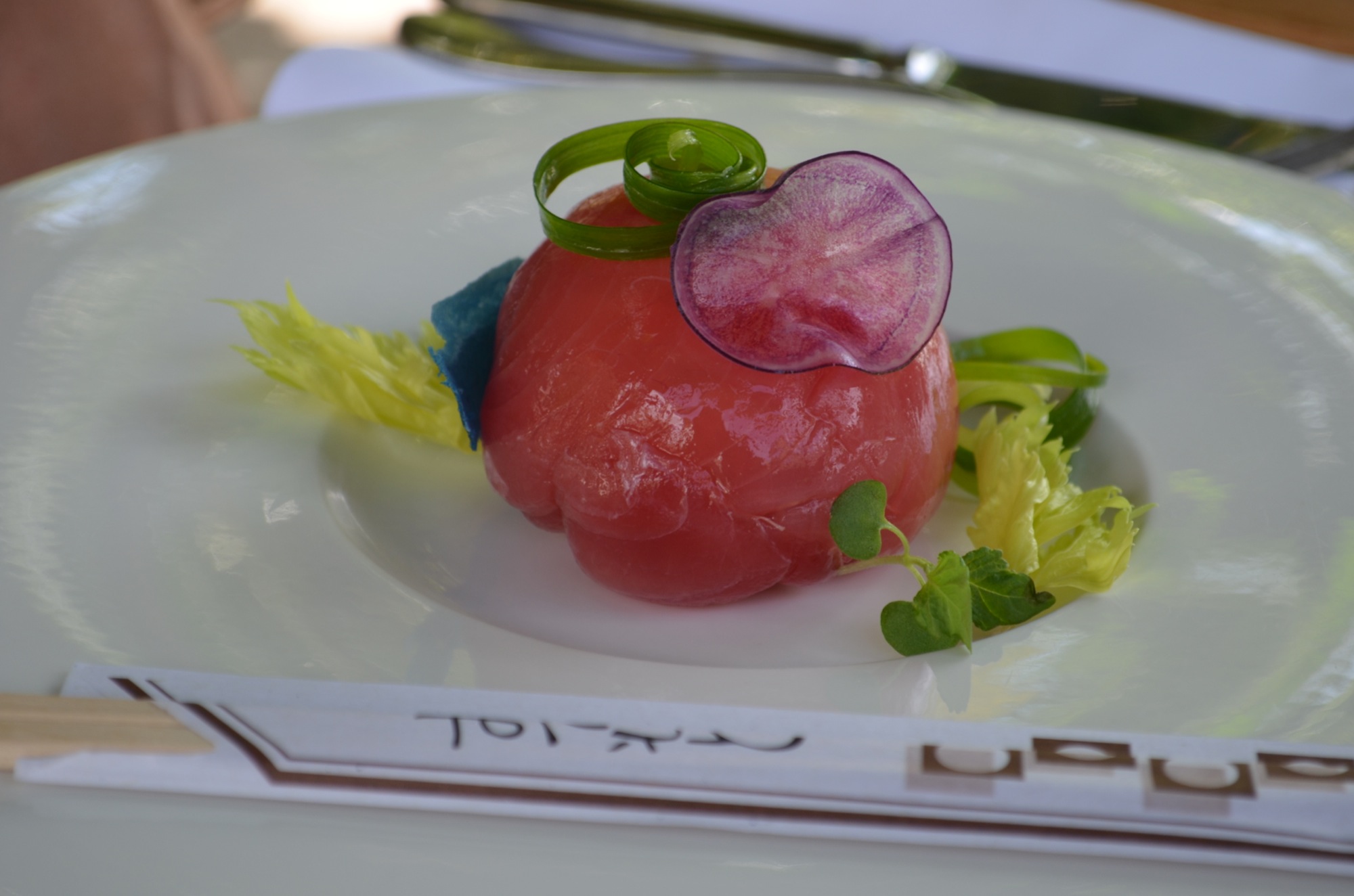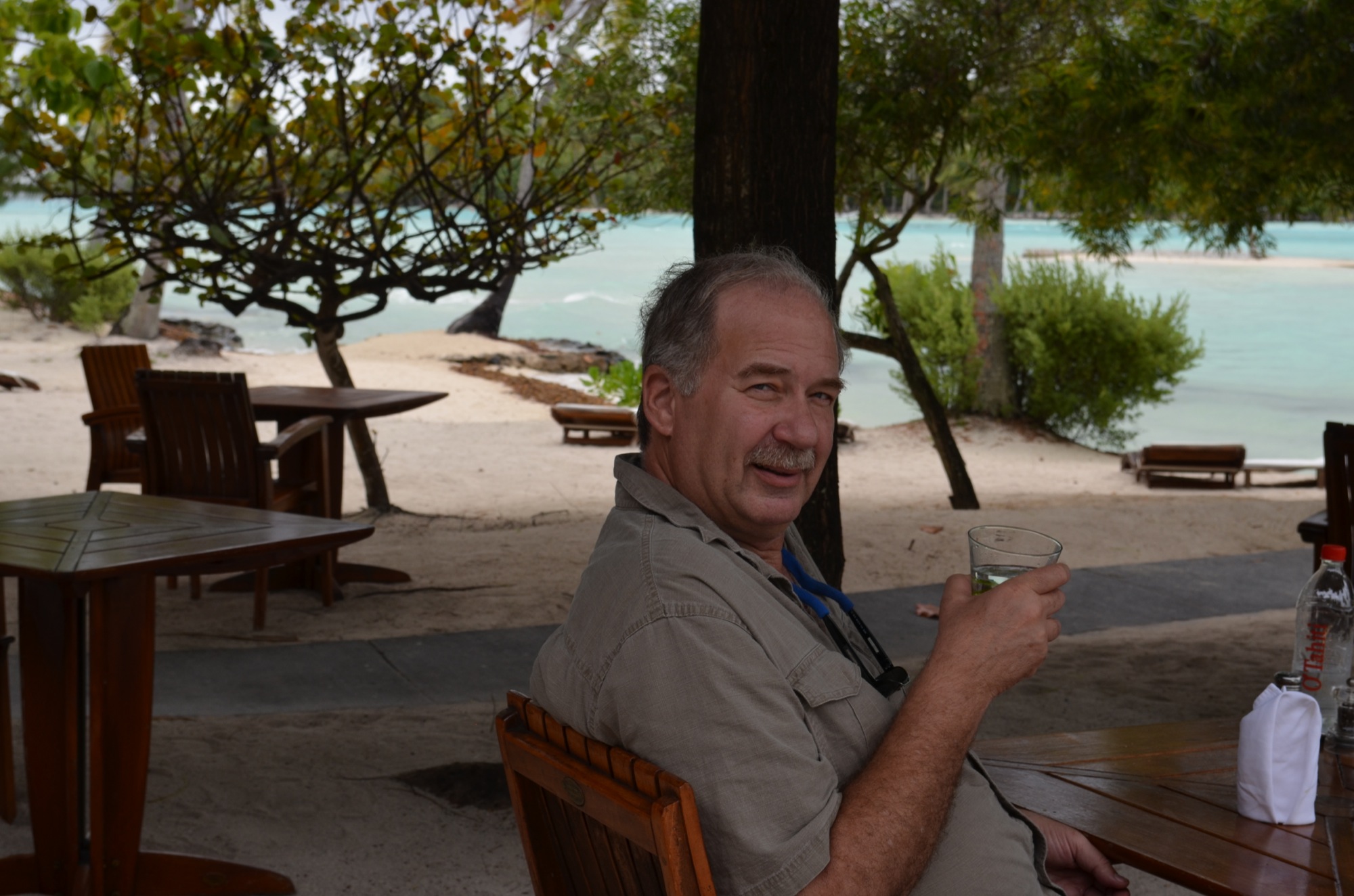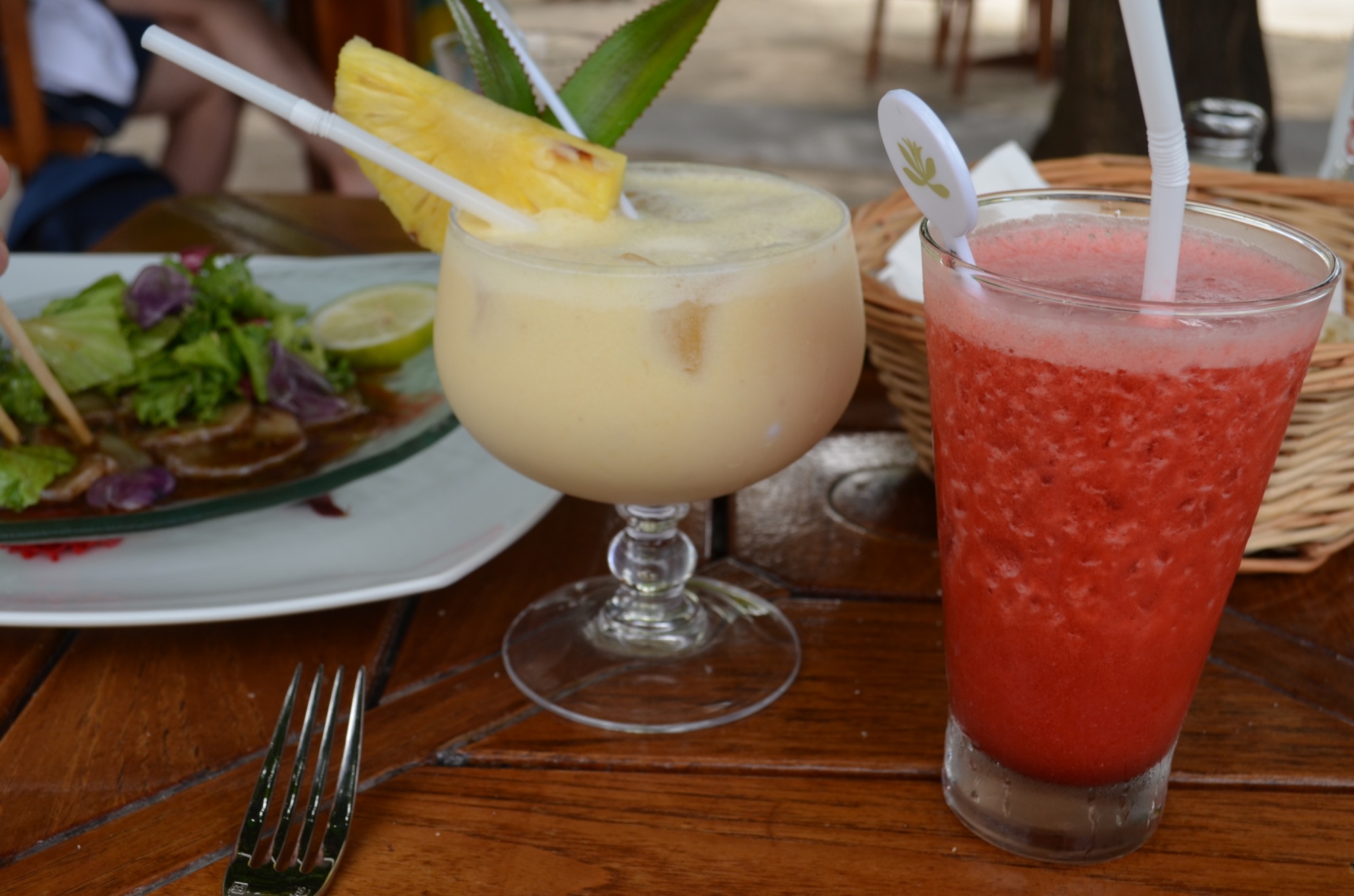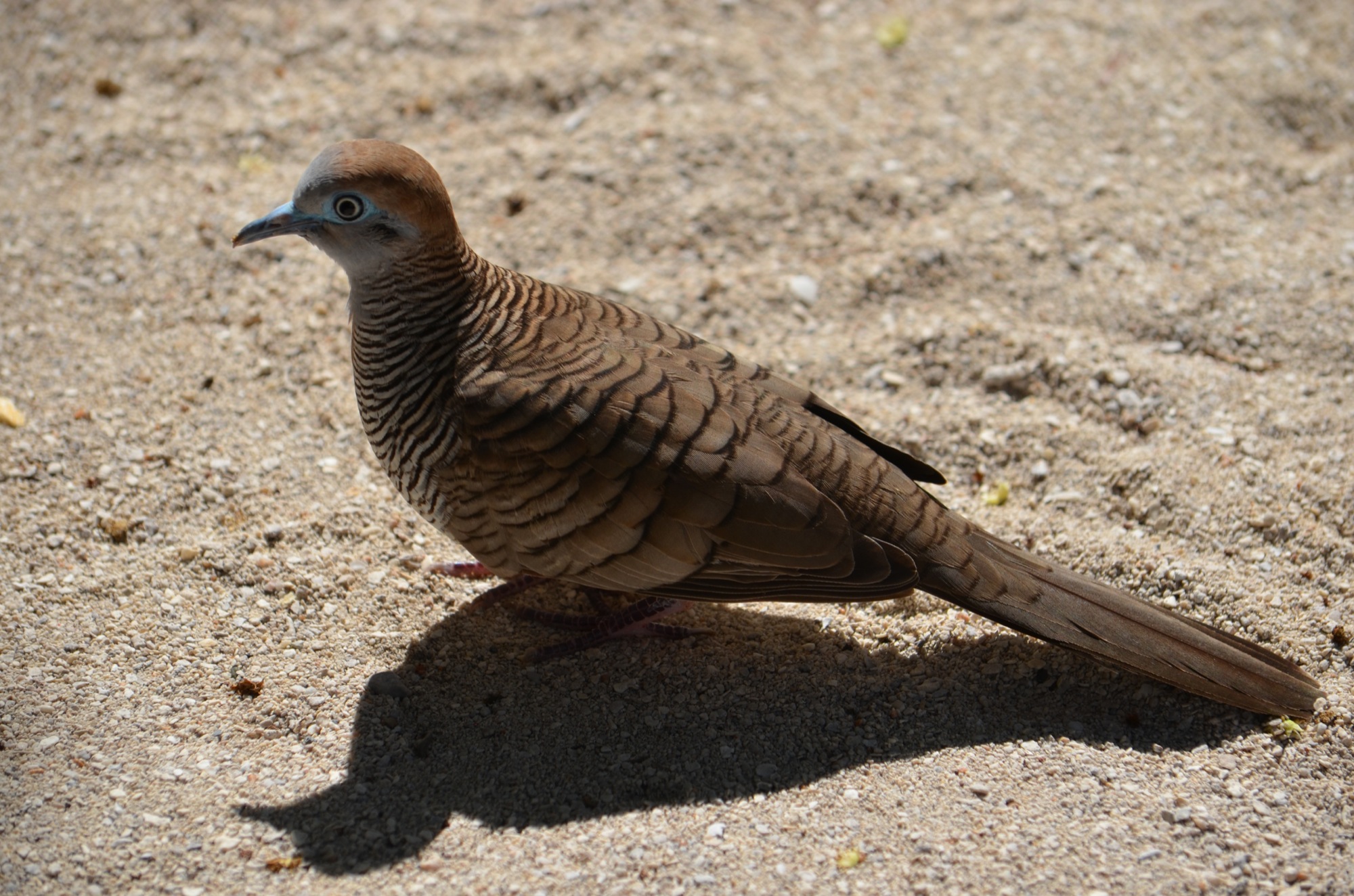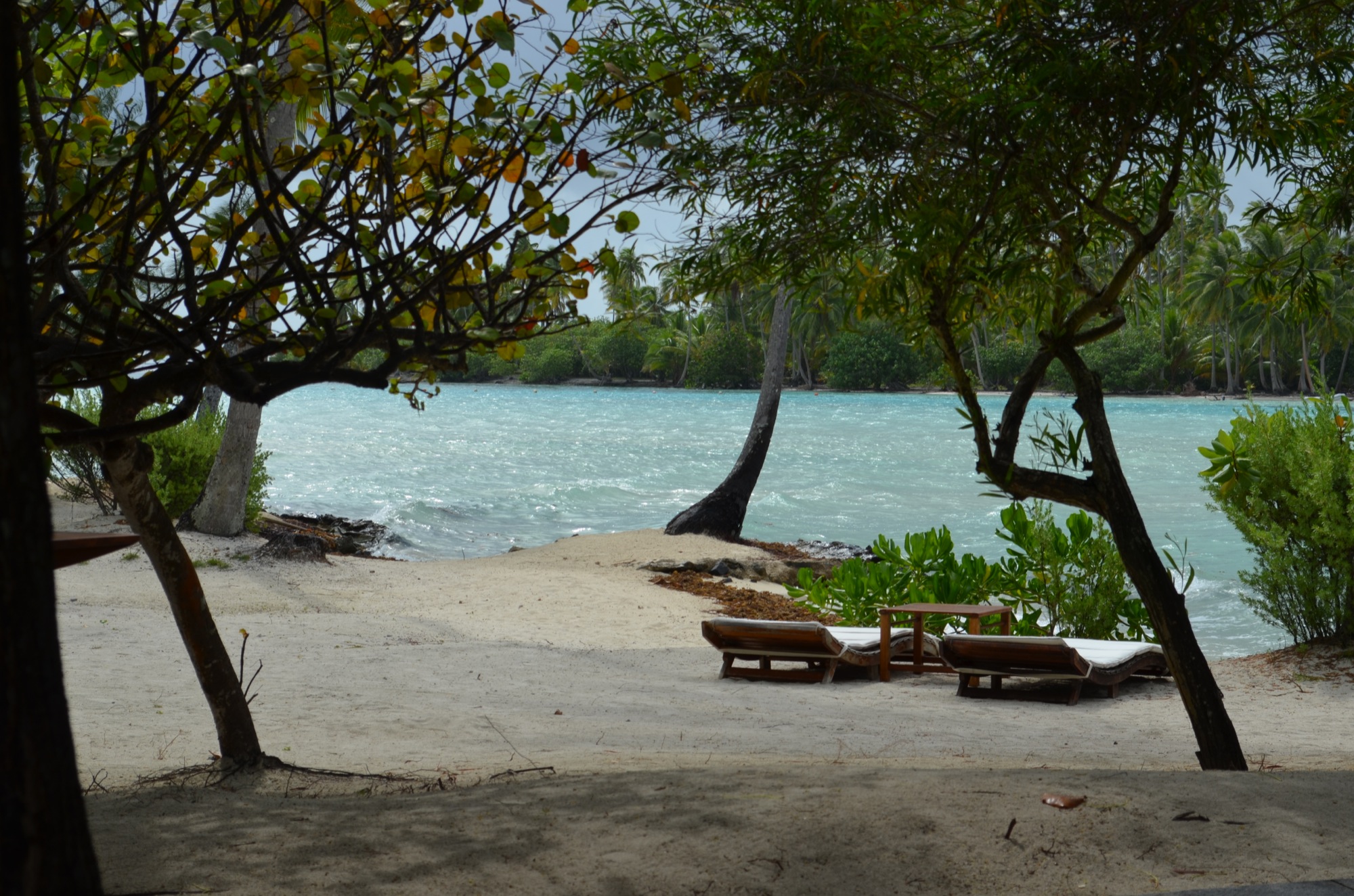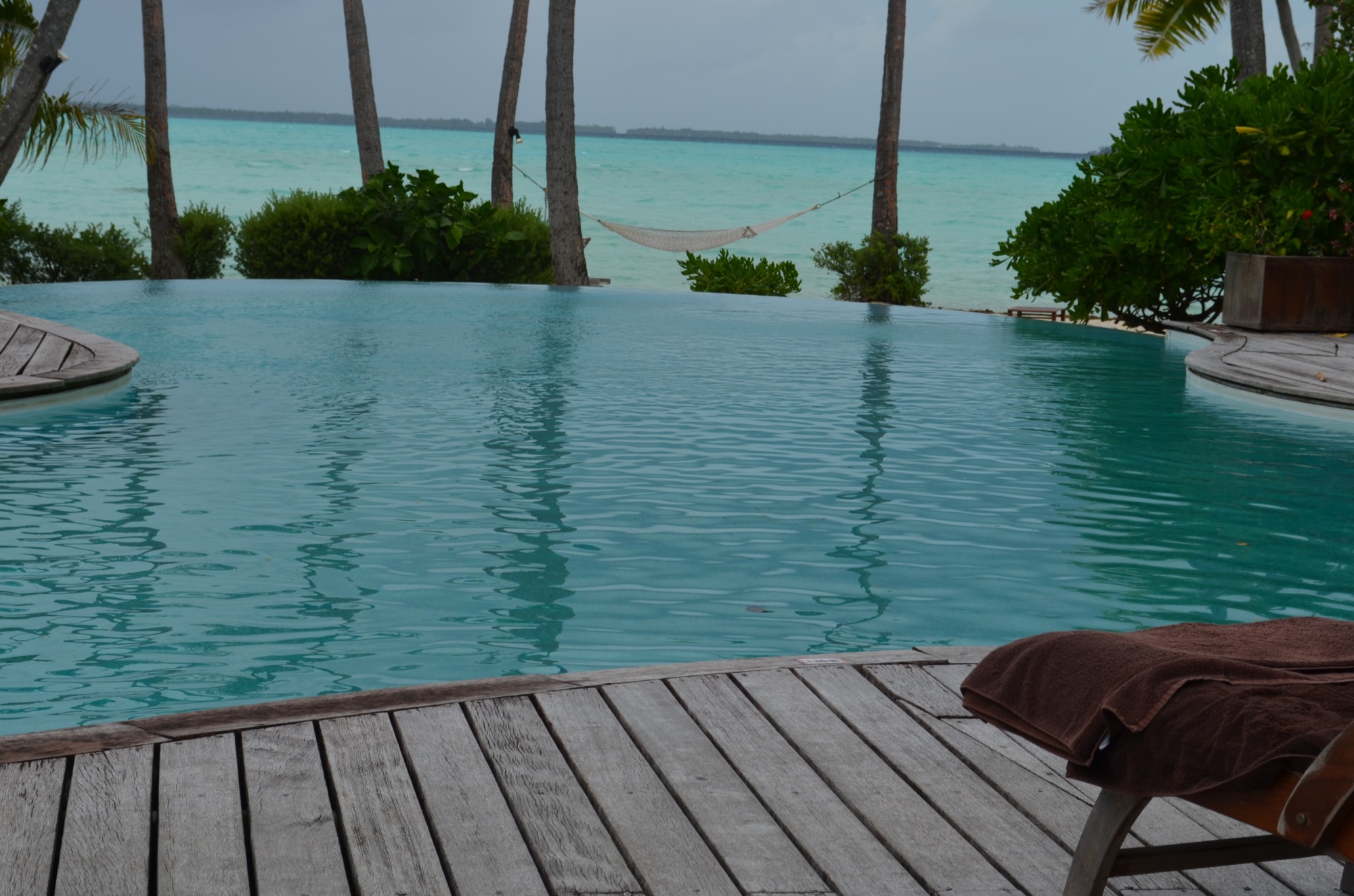Along the Pier
We frequently traveled down the pier to get to other areas in the resort. Each time we did, we would find more interesting fish to look at. Here you can see the white spotted puffer fish, a houndfish, and four playful stingrays.
We frequently traveled down the pier to get to other areas in the resort. Each time we did, we would find more interesting fish to look at. Here you can see the white spotted puffer fish, a houndfish, and four playful stingrays.
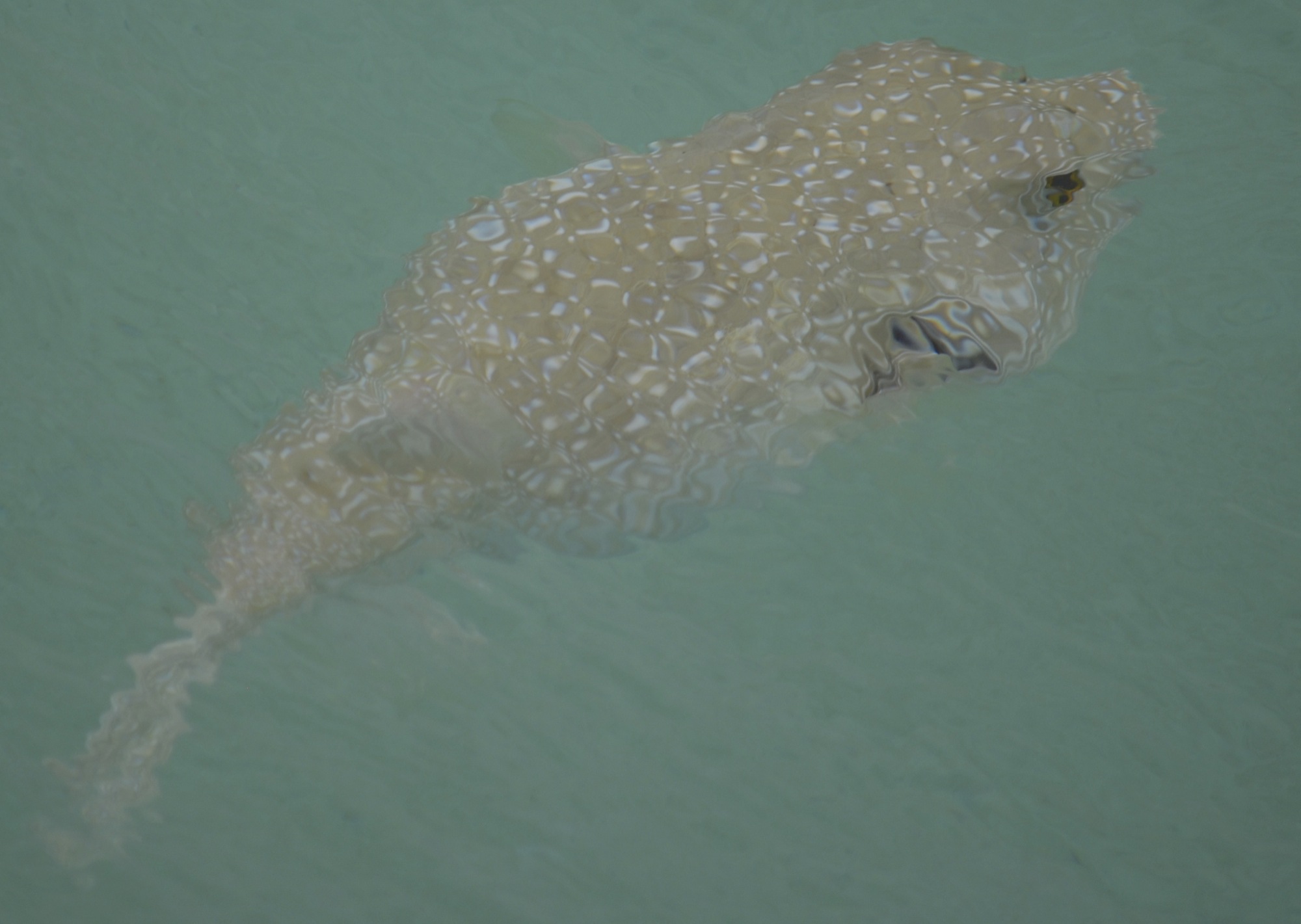
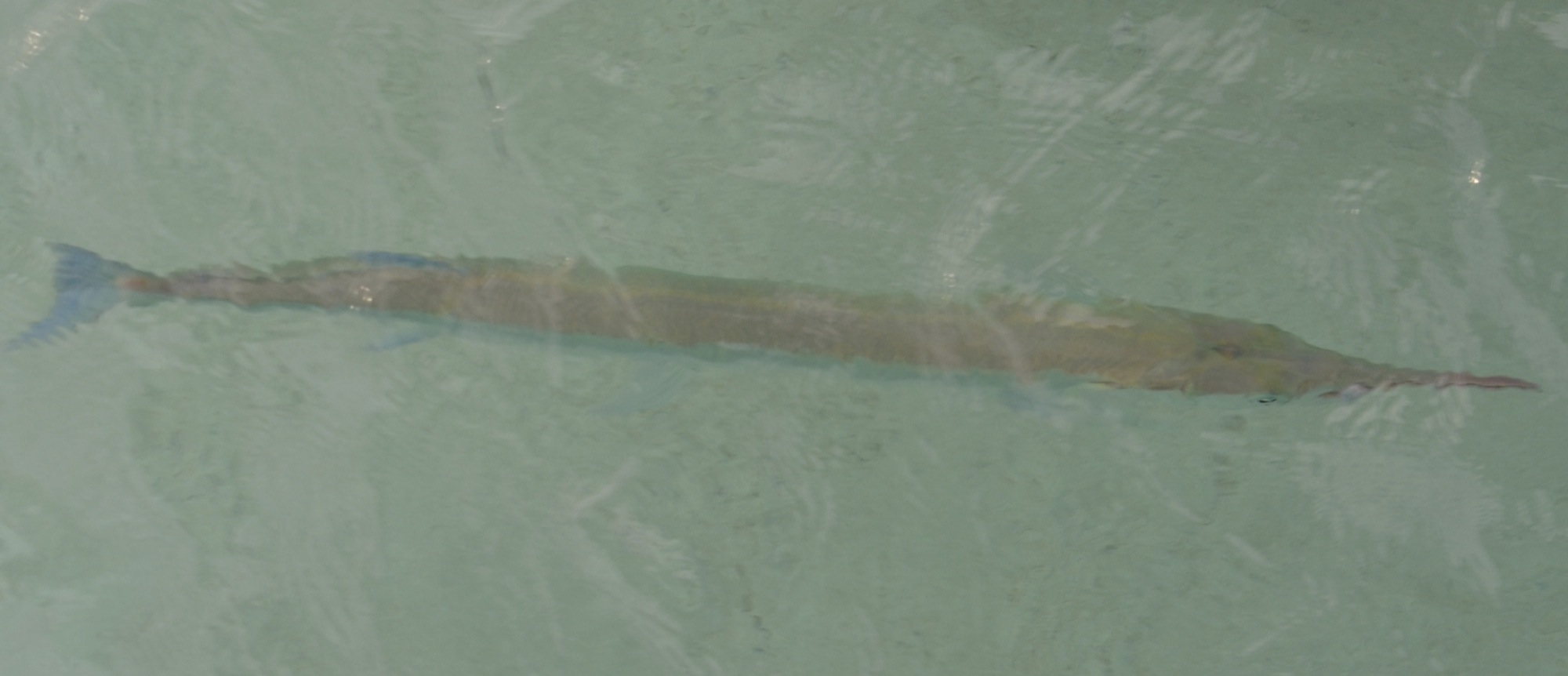
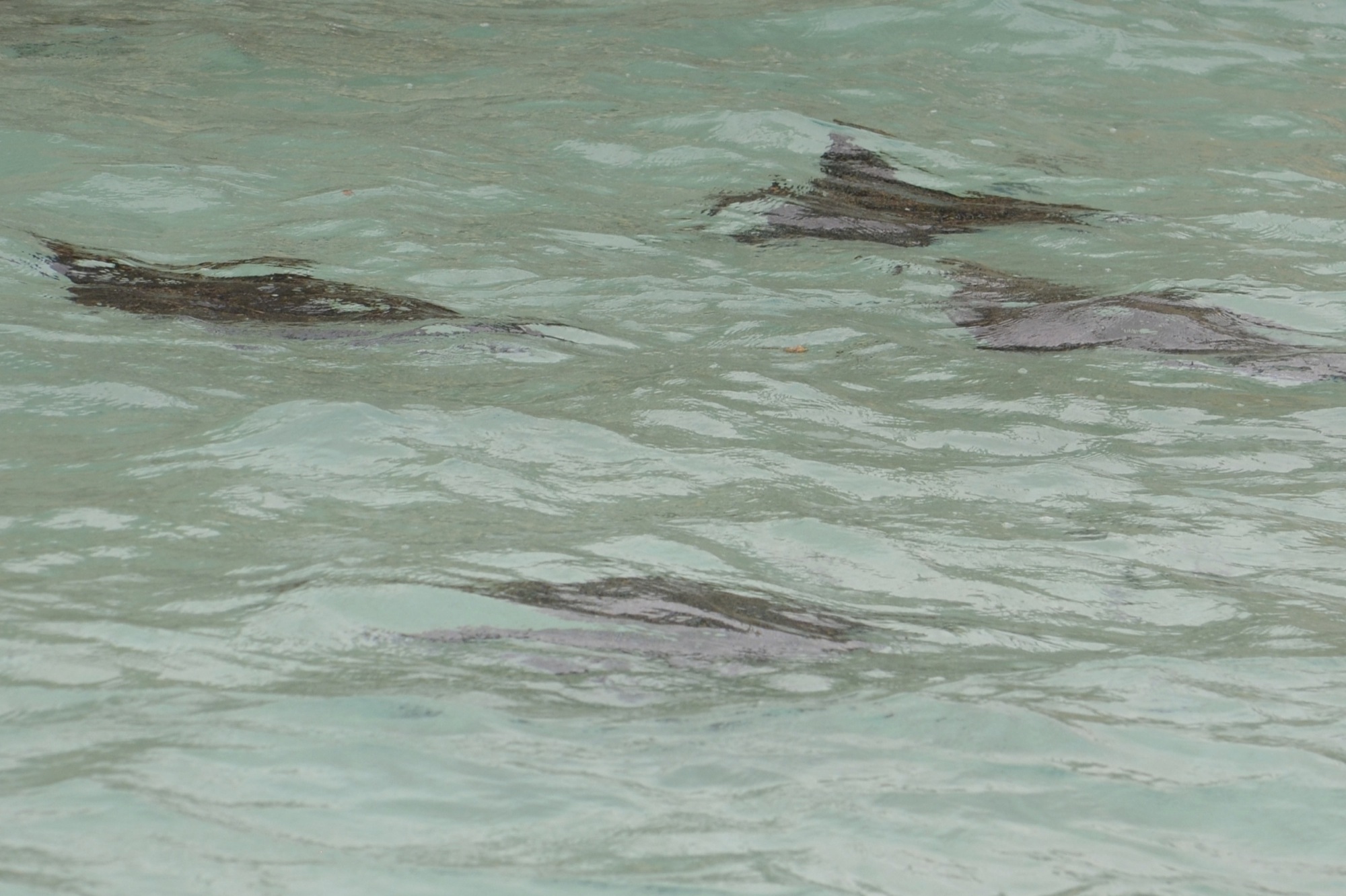
We spent several hours with a guide who specialized in native plants and their uses. The views from various locations on the island were spectacular.
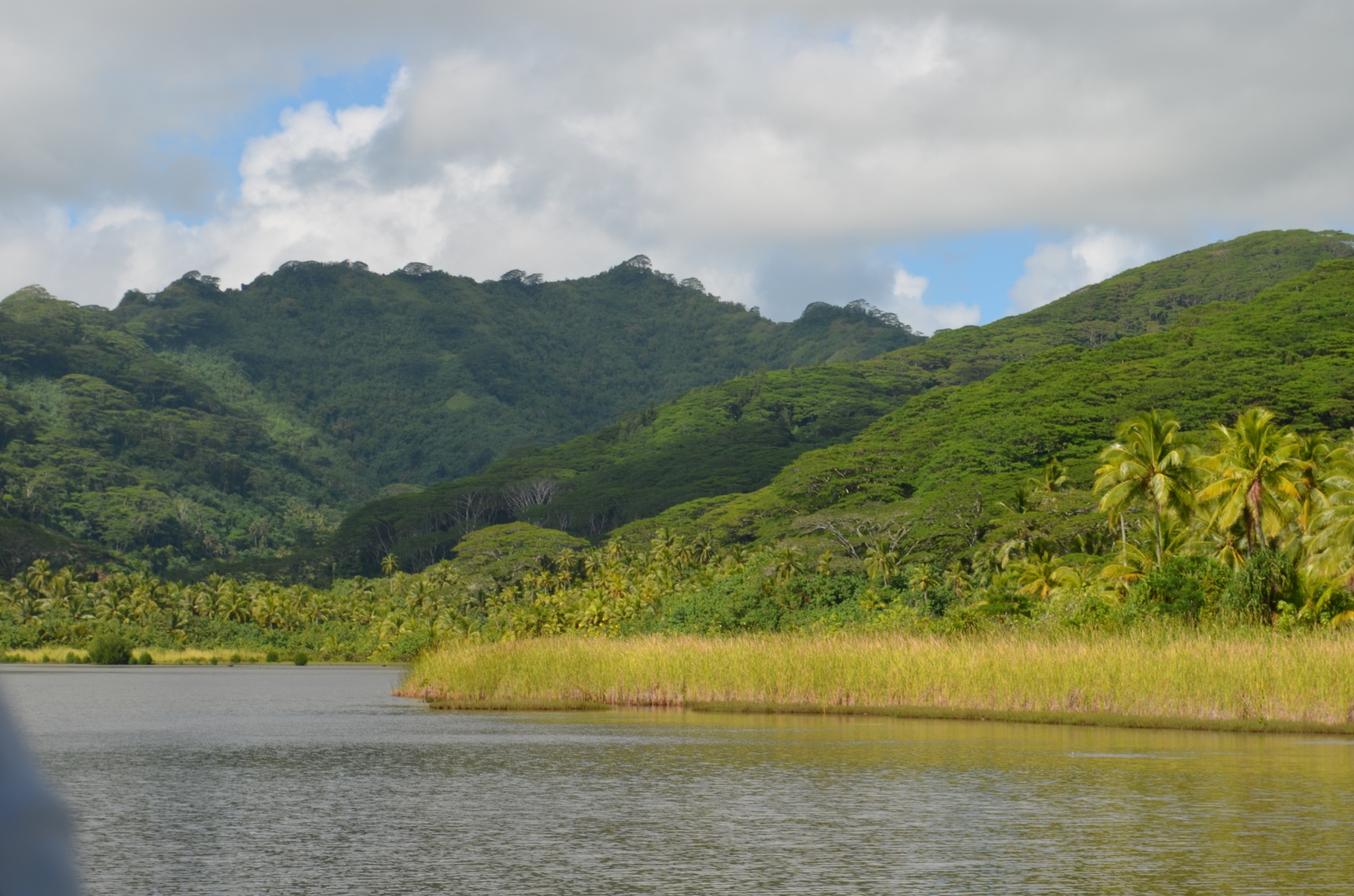
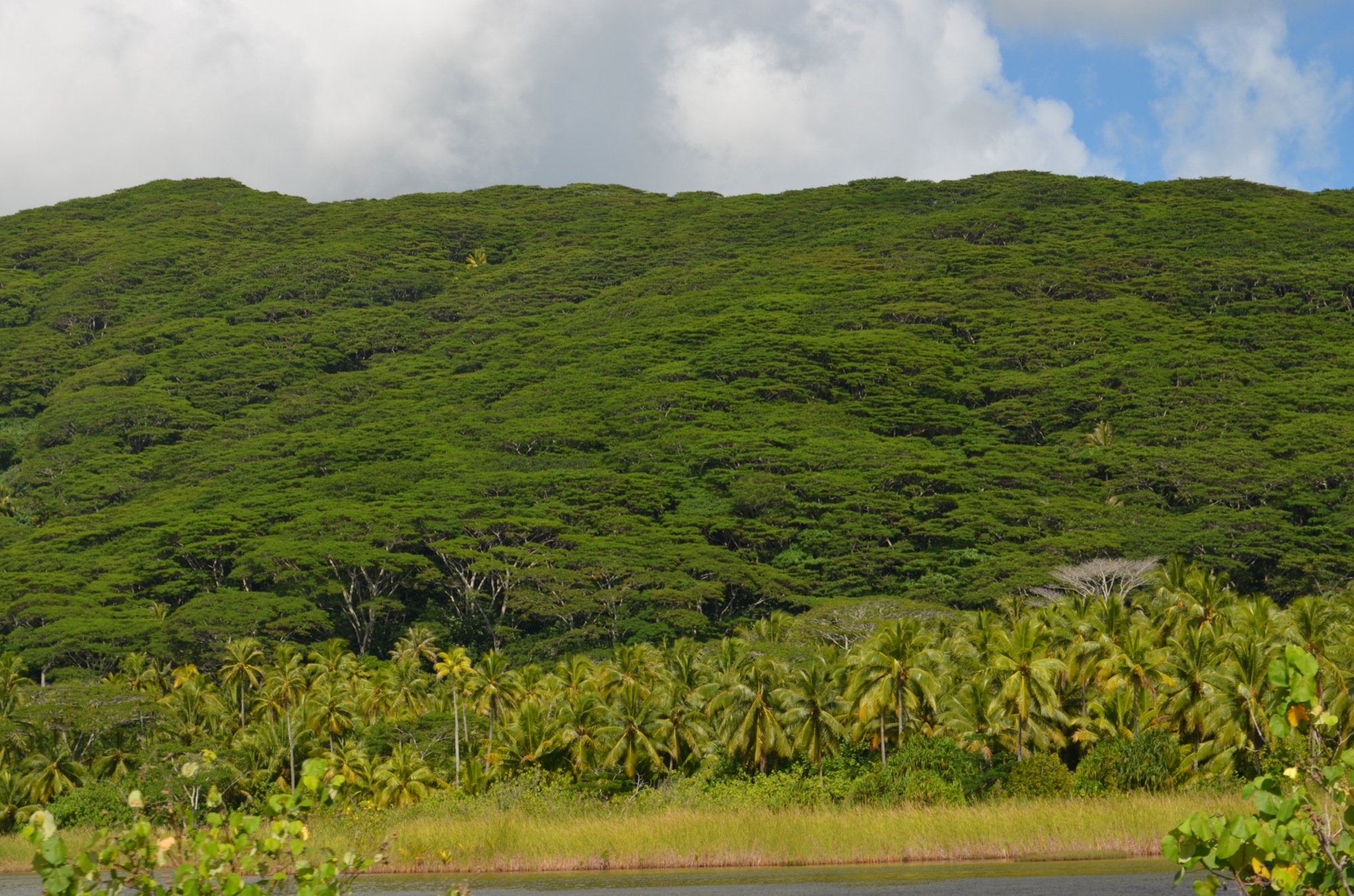
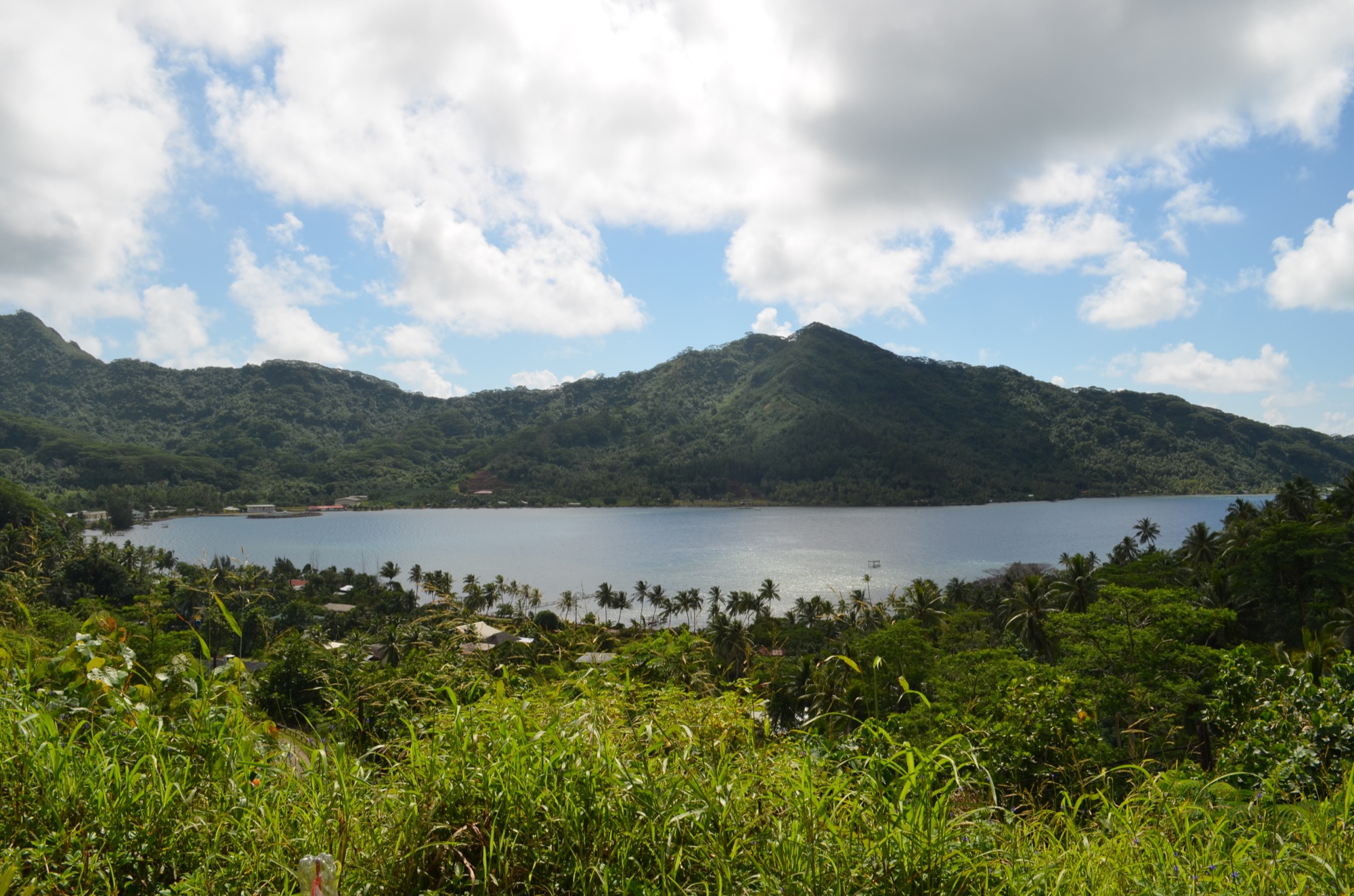
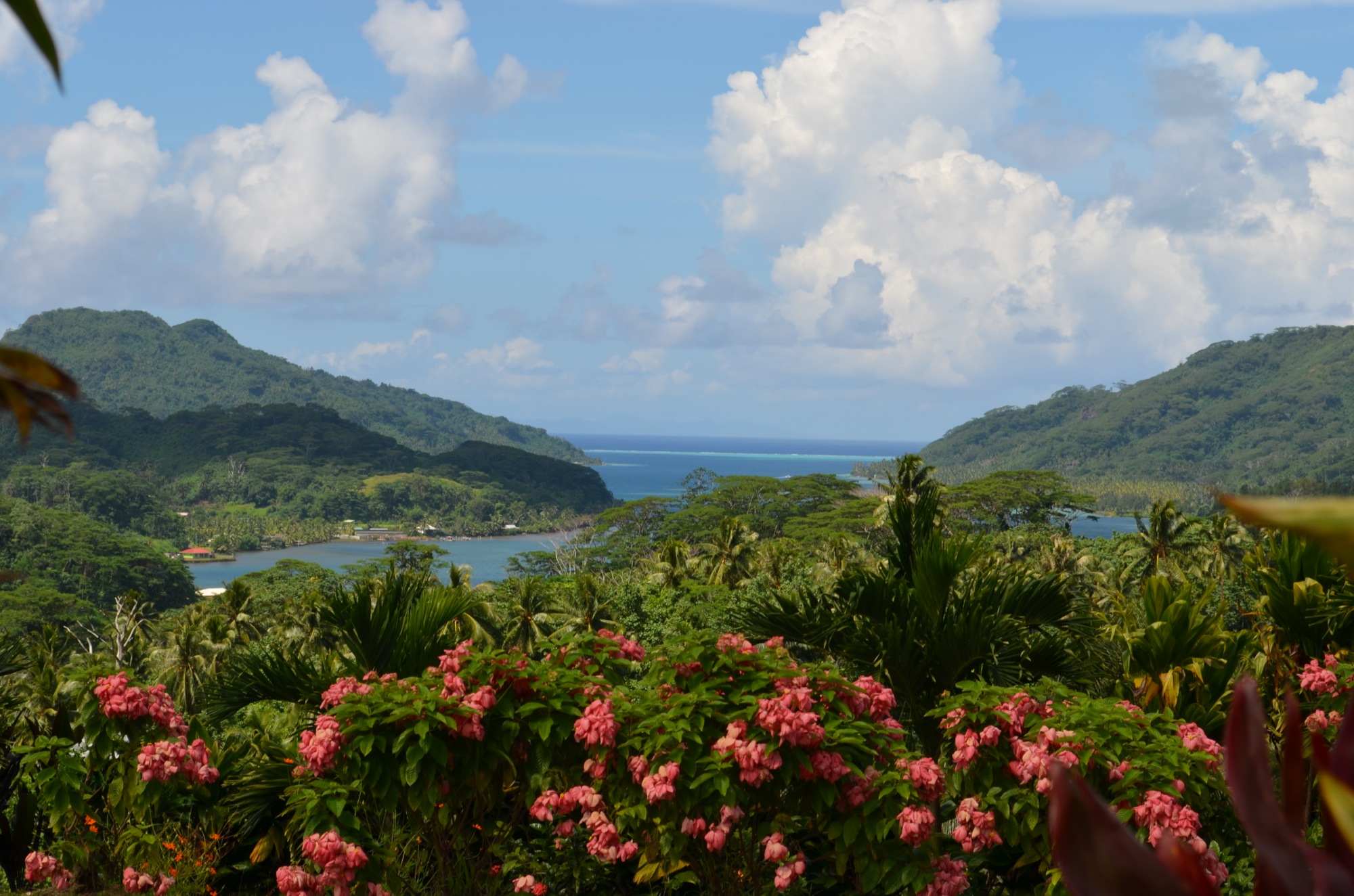
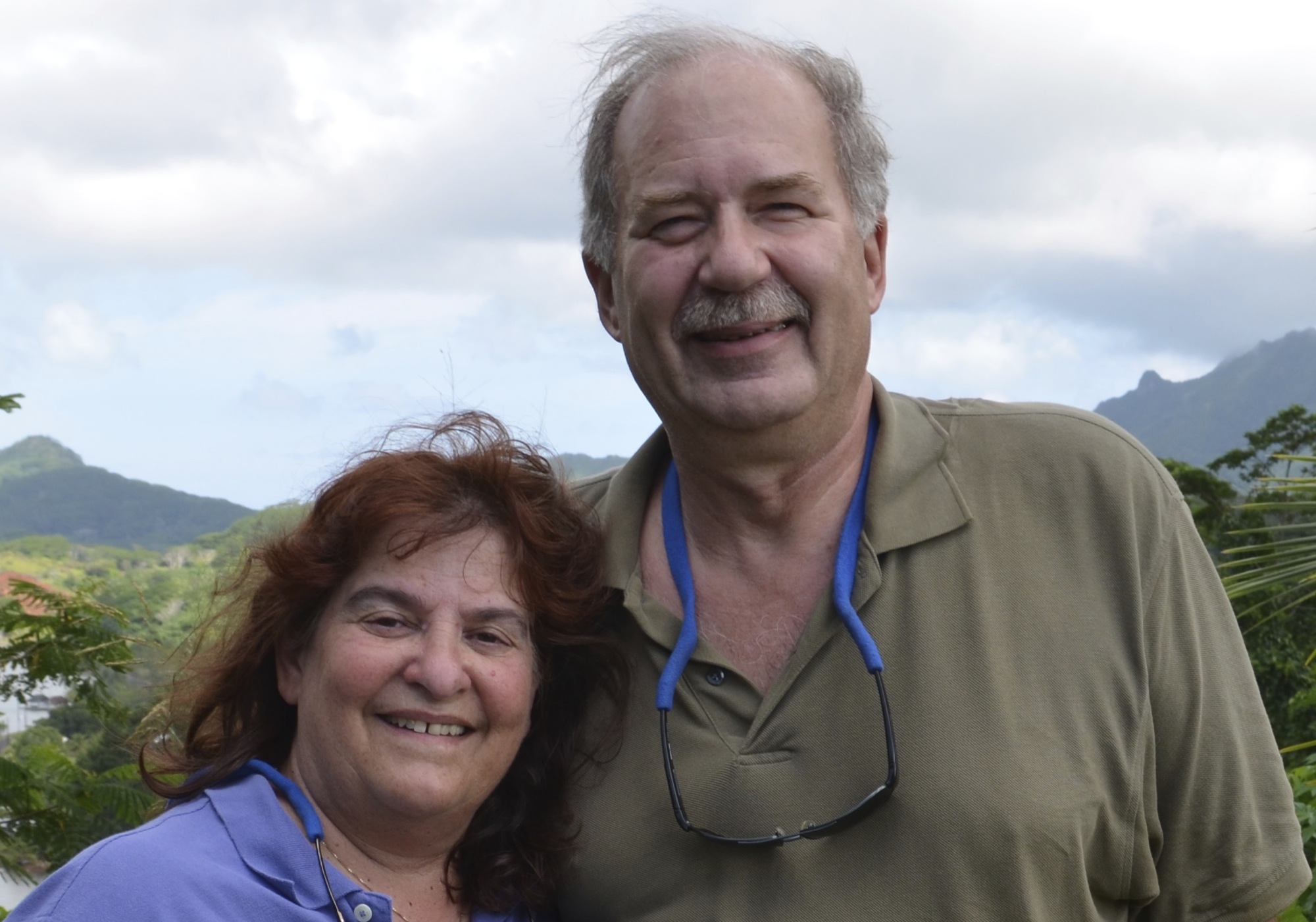
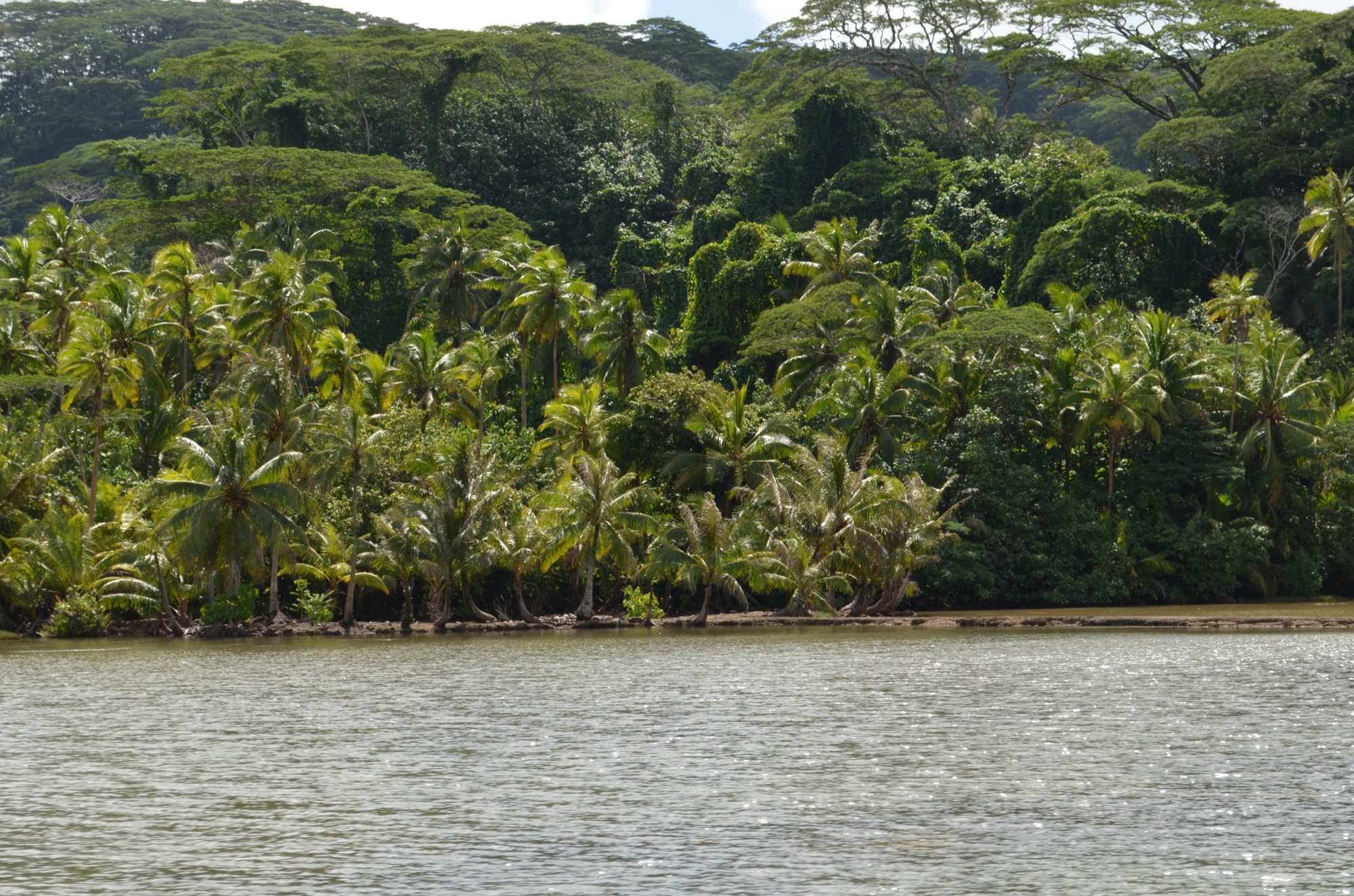
Coconuts are plentiful on the island. There was, however, a problem with pesky rodents climbing the trees and eating the coconuts. As a result, many people wrap a metal band around the trunk to prevent the animals from climbing the trees. Once harvested, the coconuts are broken up and placed on large decks to dry out. The deck has a roof that can be slid over the top to protect the drying coconuts from rain. Dogs guard the drying decks to keep the rodents away. Coconut oil has become a major industry for French Polynesia. Even the dried out husks are later used for mulch.
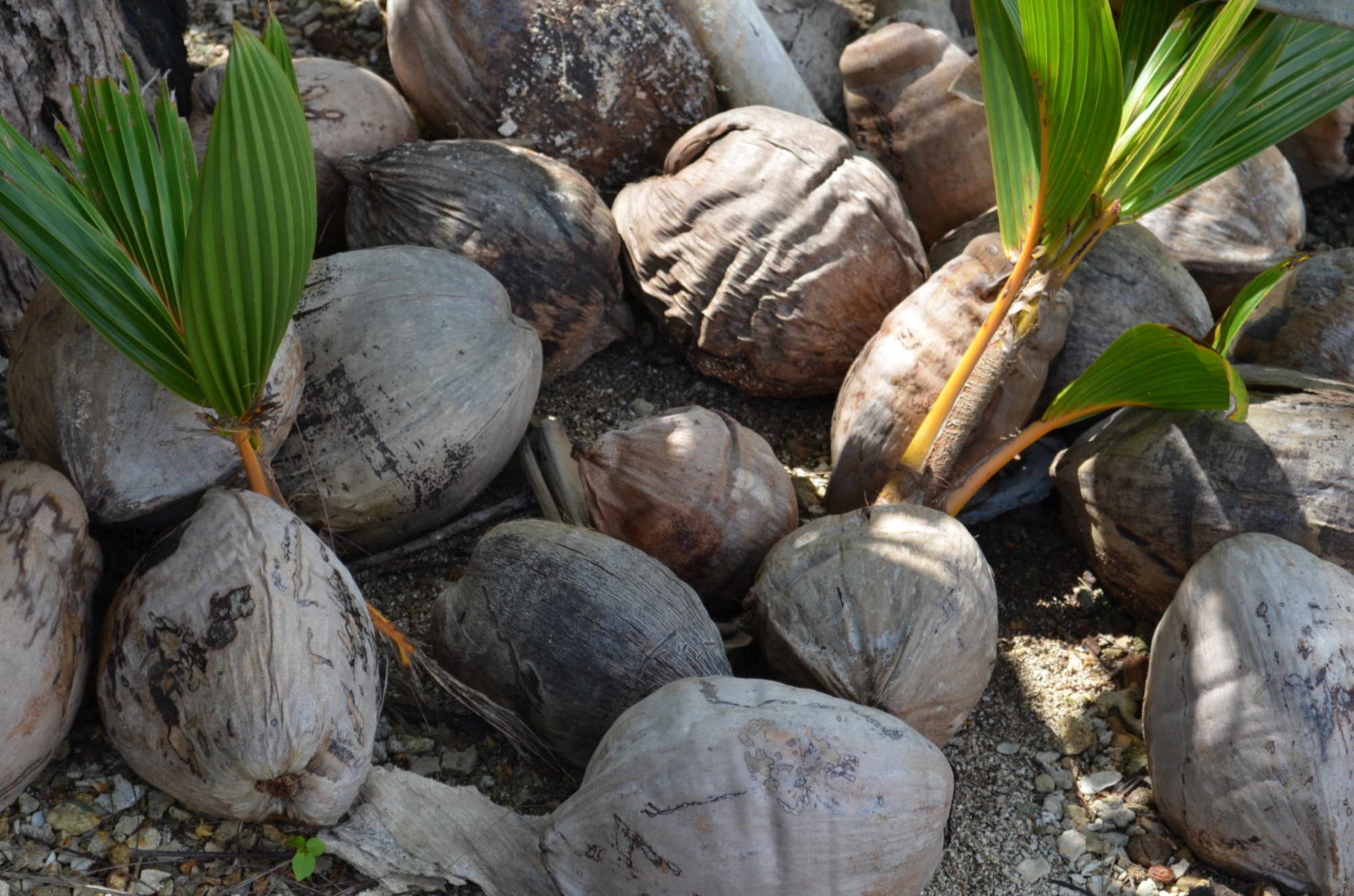
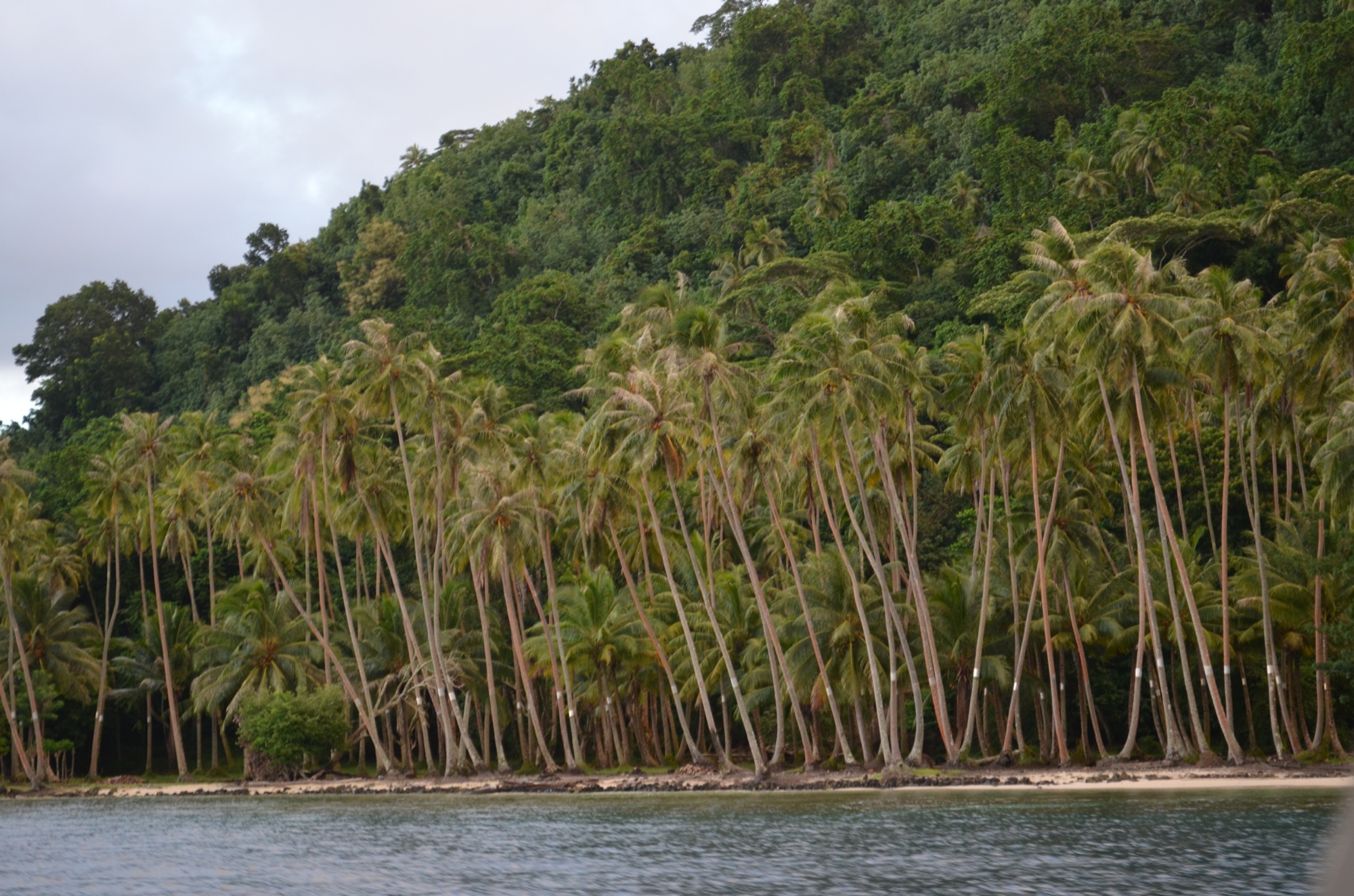

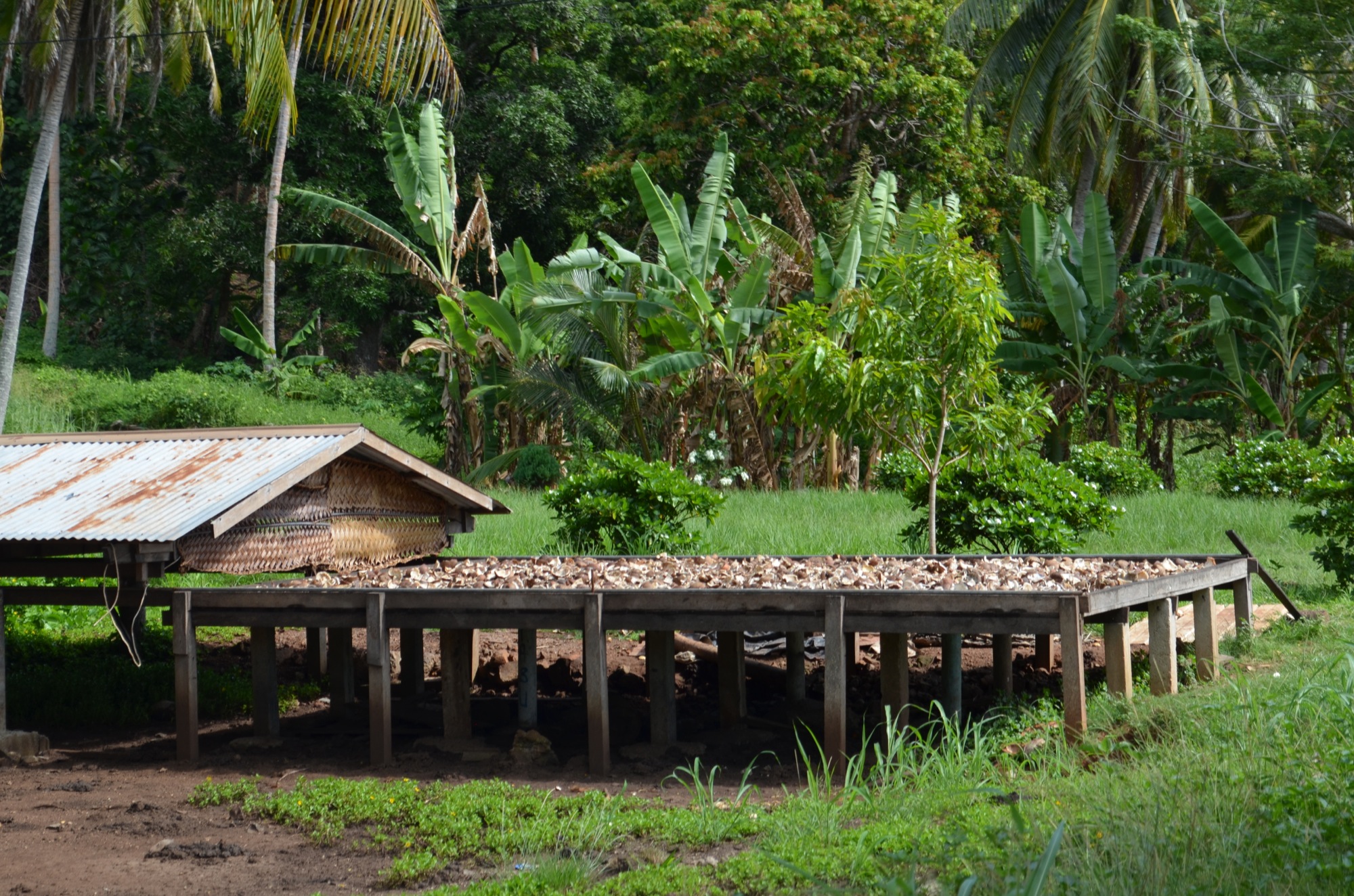
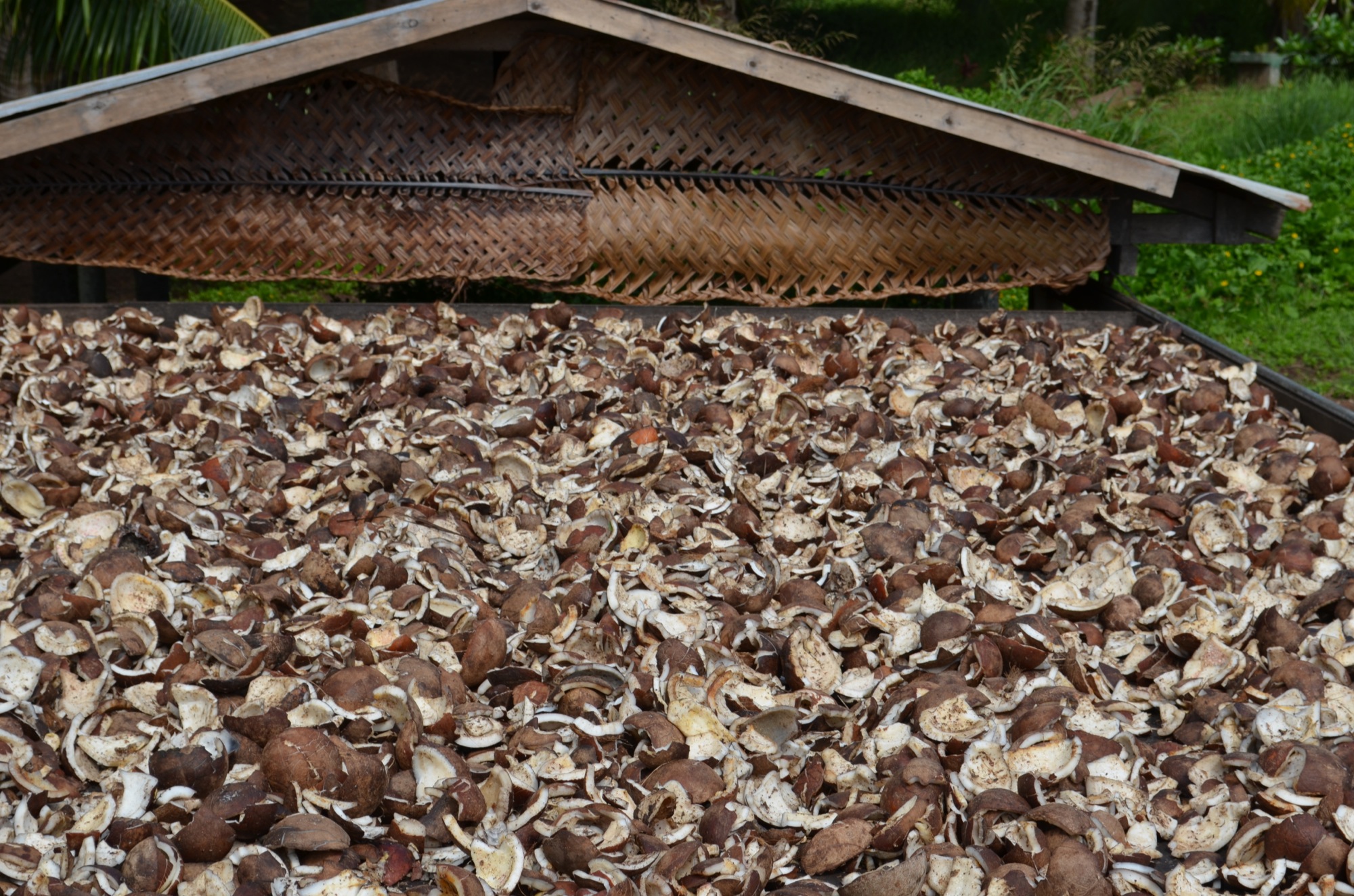

Lots of other fruits were abundant. There were many plantain trees. Although there are different varieties of plantains and bananas, the guide told us that one easy way to know if we were looking at bananas or plantains was by the direction they were pointing. Plantains tend to grow pointing up while bananas tend to grow pointing down. We also saw breadfruit, noni berries, and papaya.


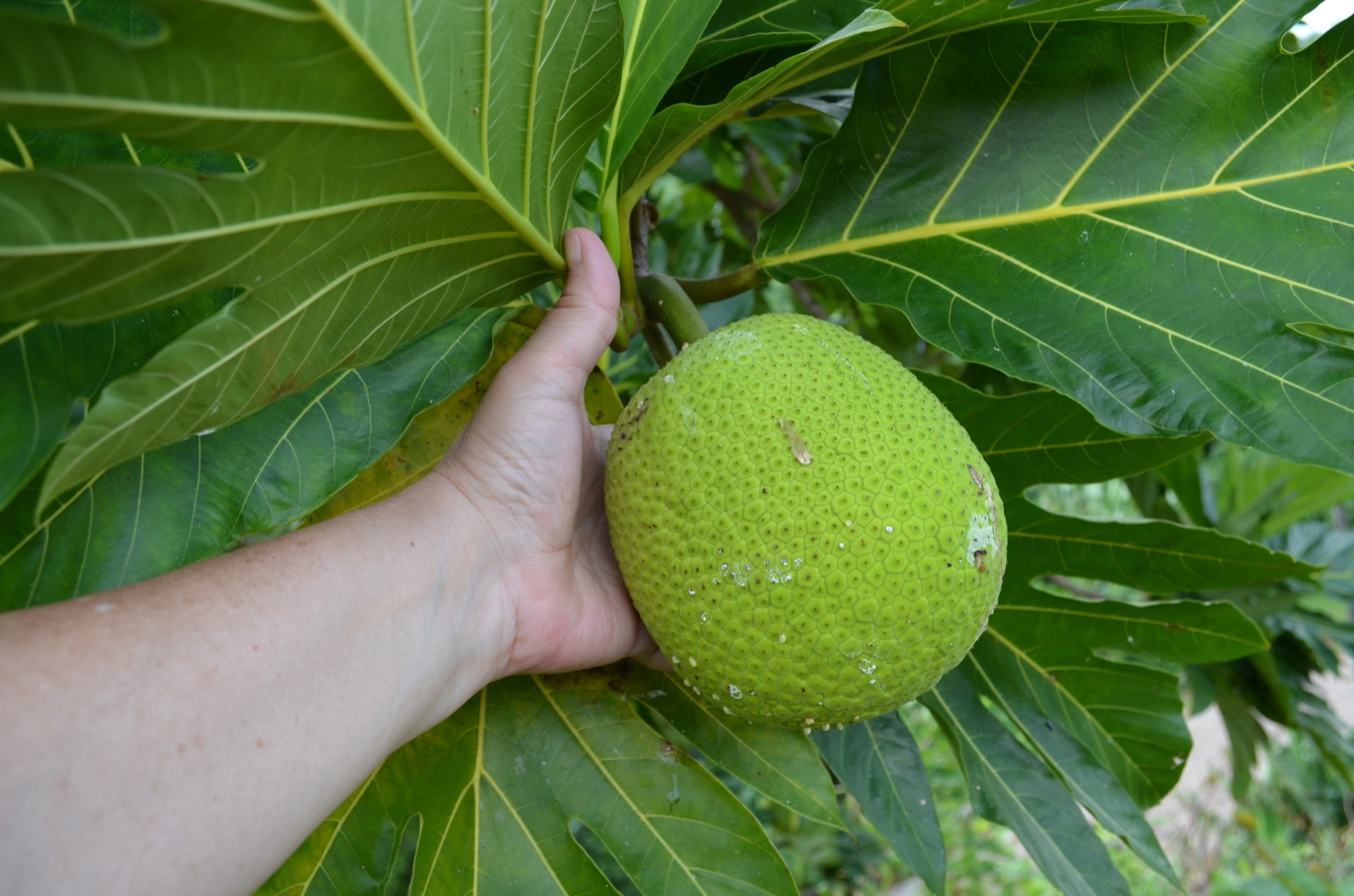
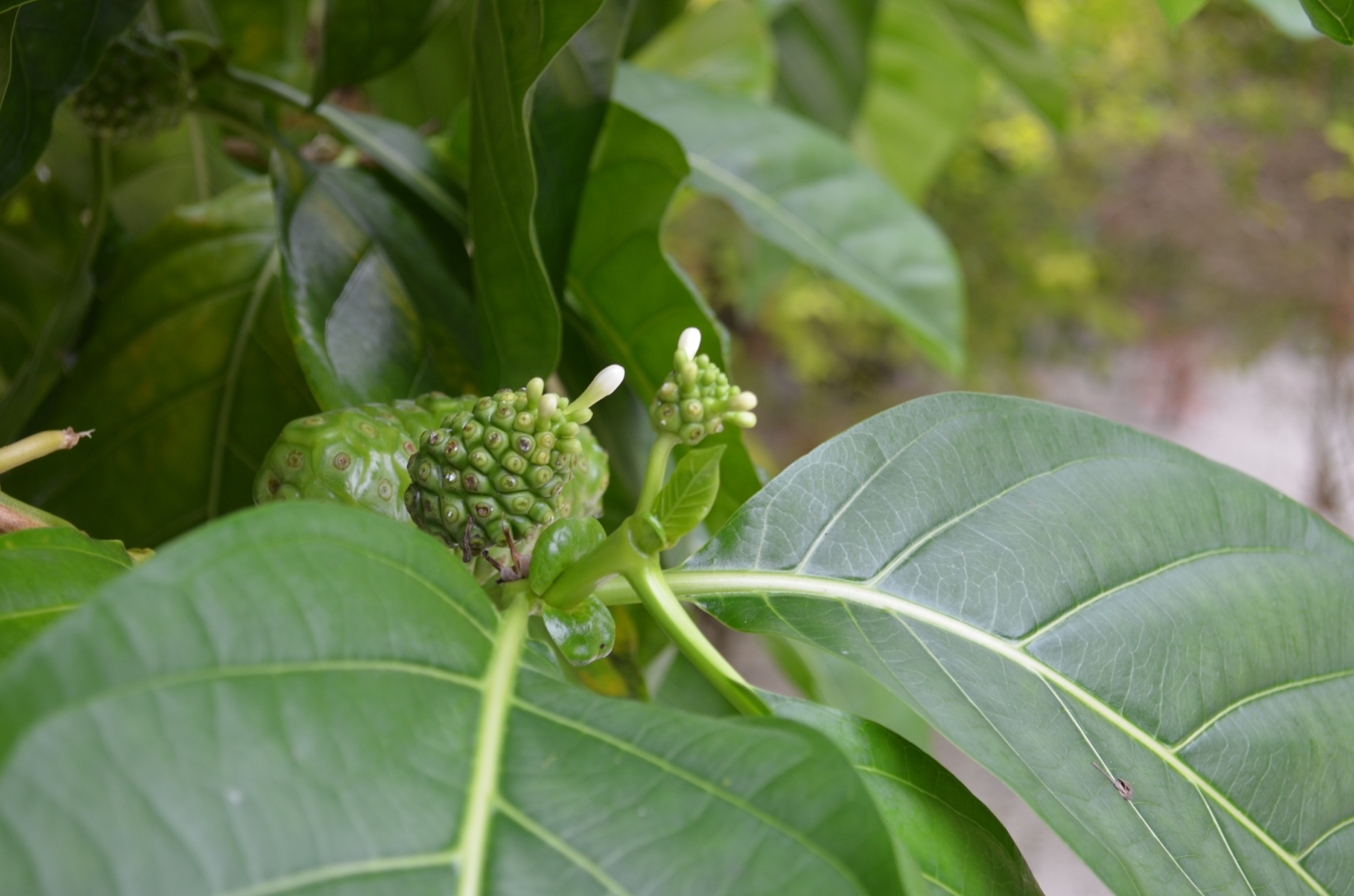

The beach hibiscus not only has a beautiful flower, but also it has seed pods that produce a sap with antiseptic properties. In addition, the large leaves are often used as plates or woven together to put over the top of food in order to keep the flies away.
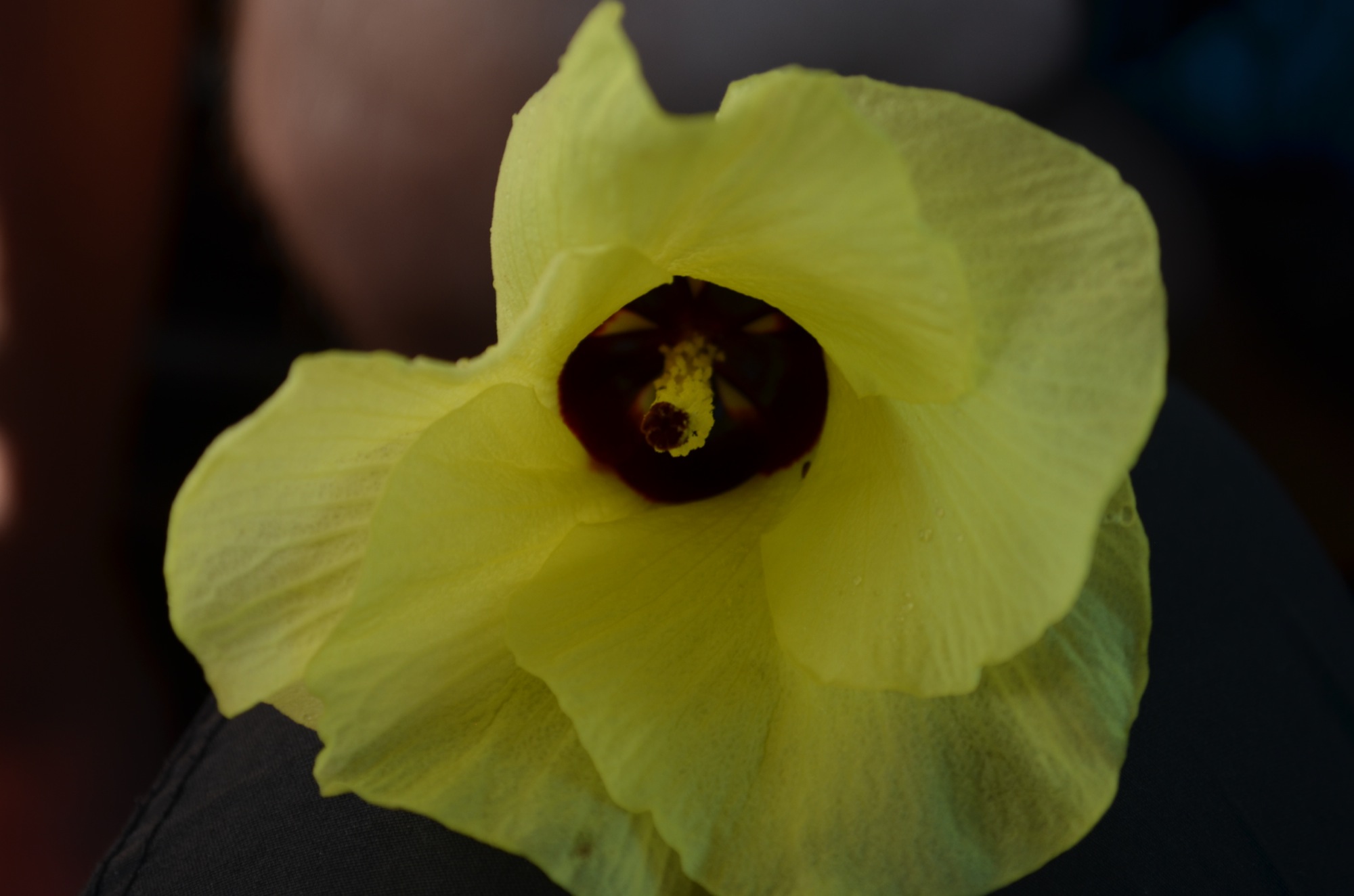
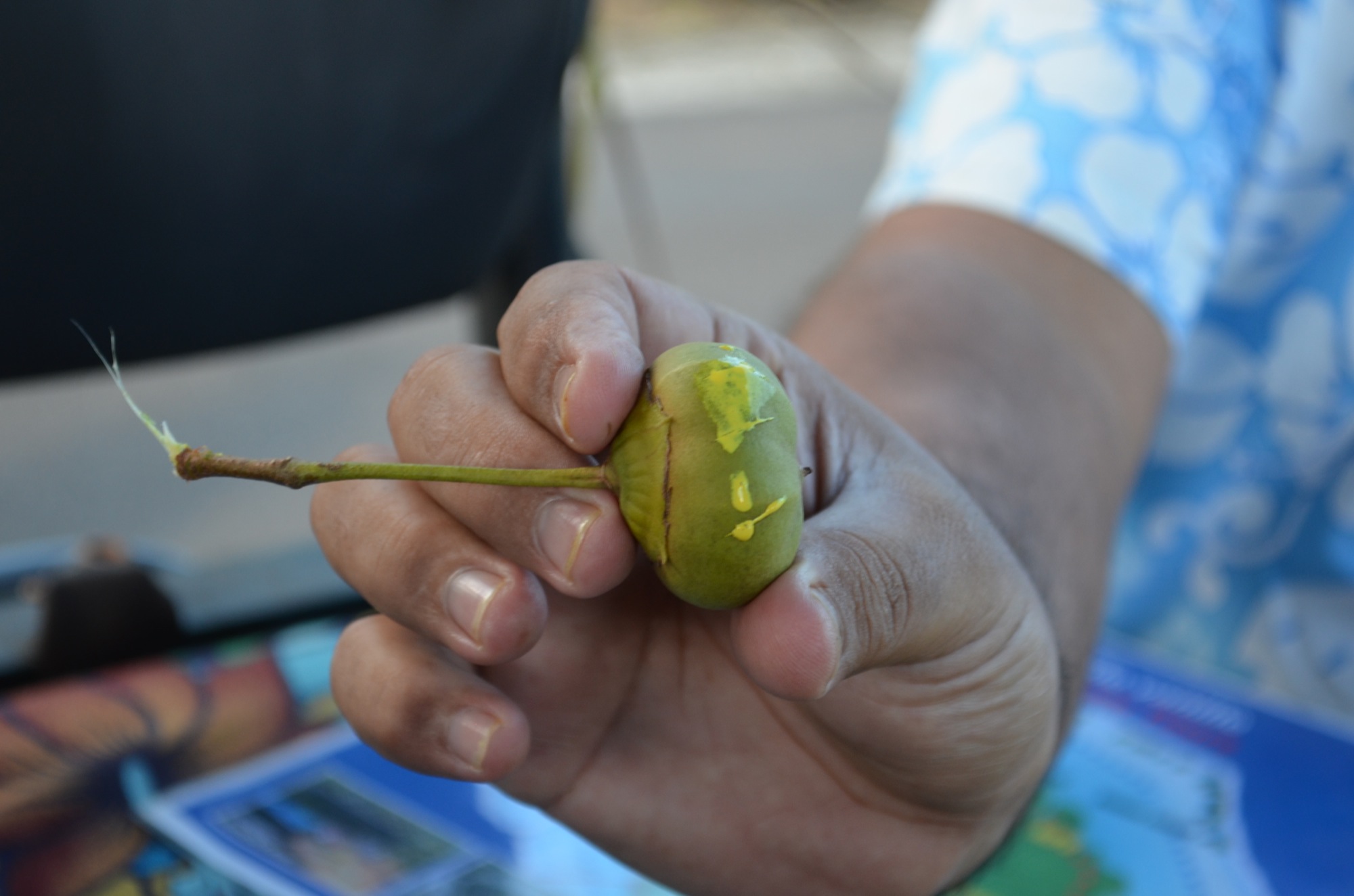
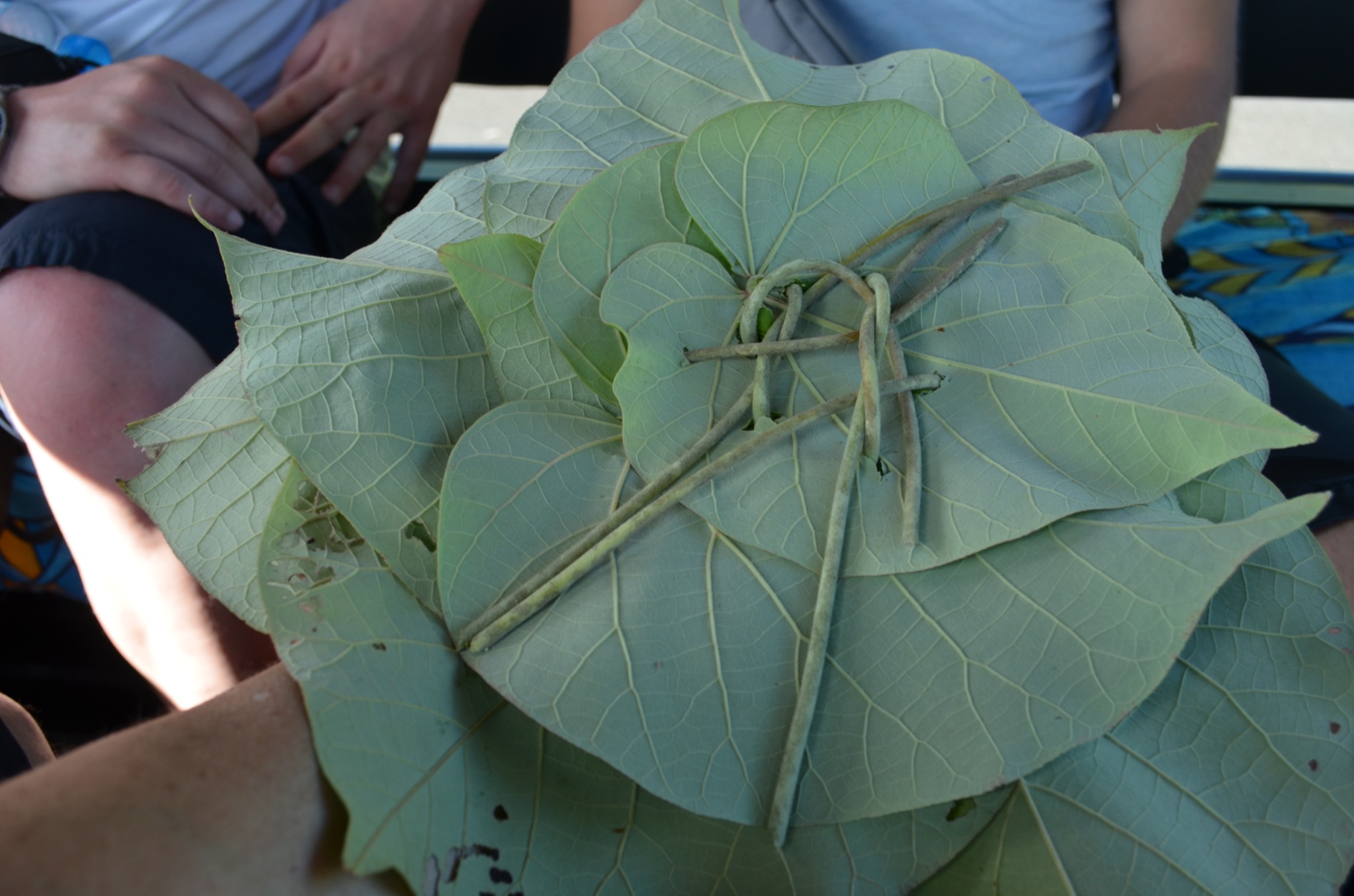

On our island tour, we saw a grocery store and an elementary school. Another interesting sight was the breadboxes that people had in front of their homes. These boxes looked like very long mailboxes. The guide explained that long French bread baguettes get delivered to most people each day in these breadboxes.

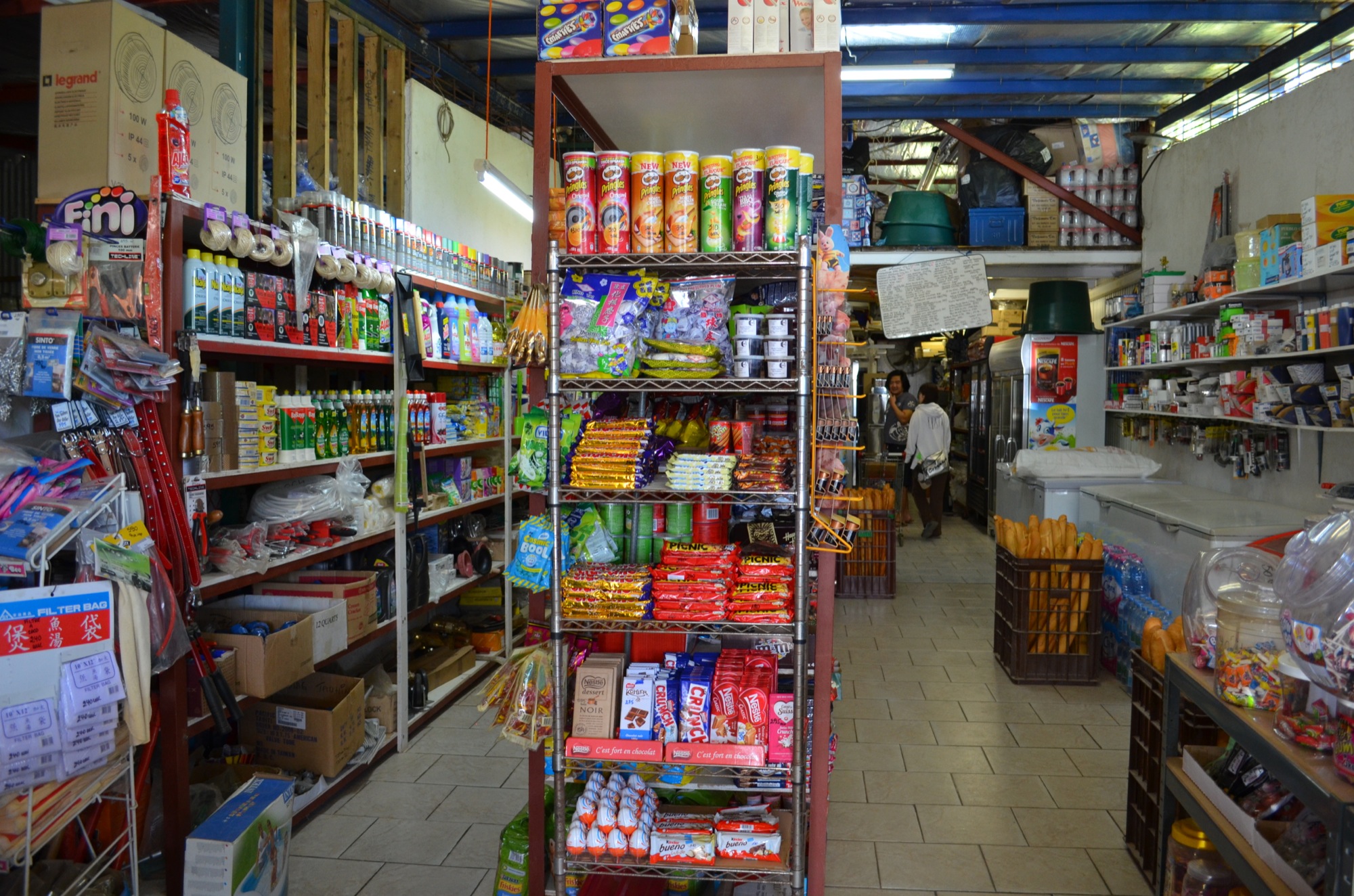
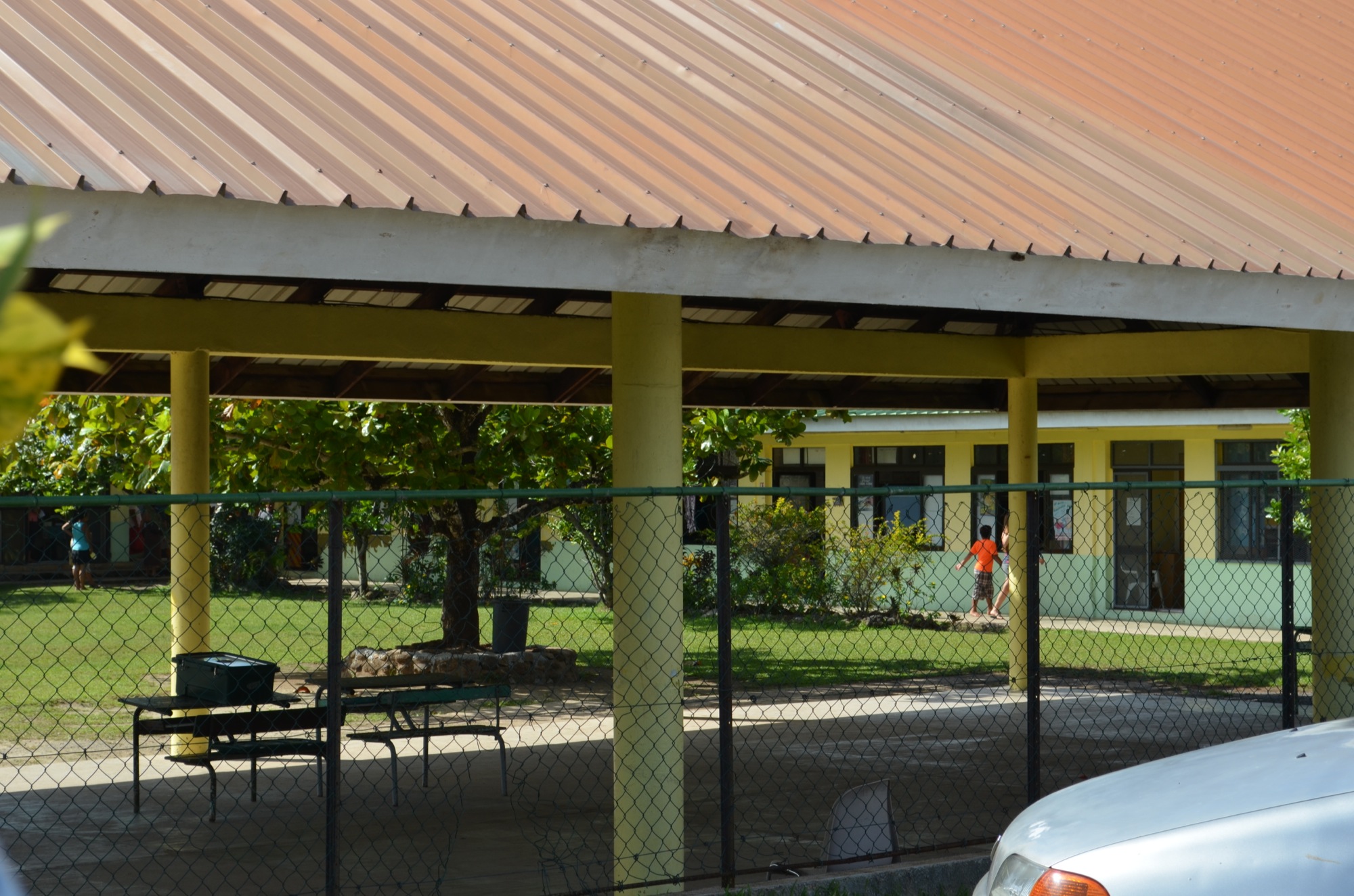


Our next stop was a vanilla plantation. According to the guide, French Polynesia is third in the world in the production of vanilla. The vines are grown on concrete posts in covered hothouses designed to increase the humidity. Flowers are each pollinated by hand by the growers, so this is a labor intensive crop. It takes the vanilla beans about six months to mature.
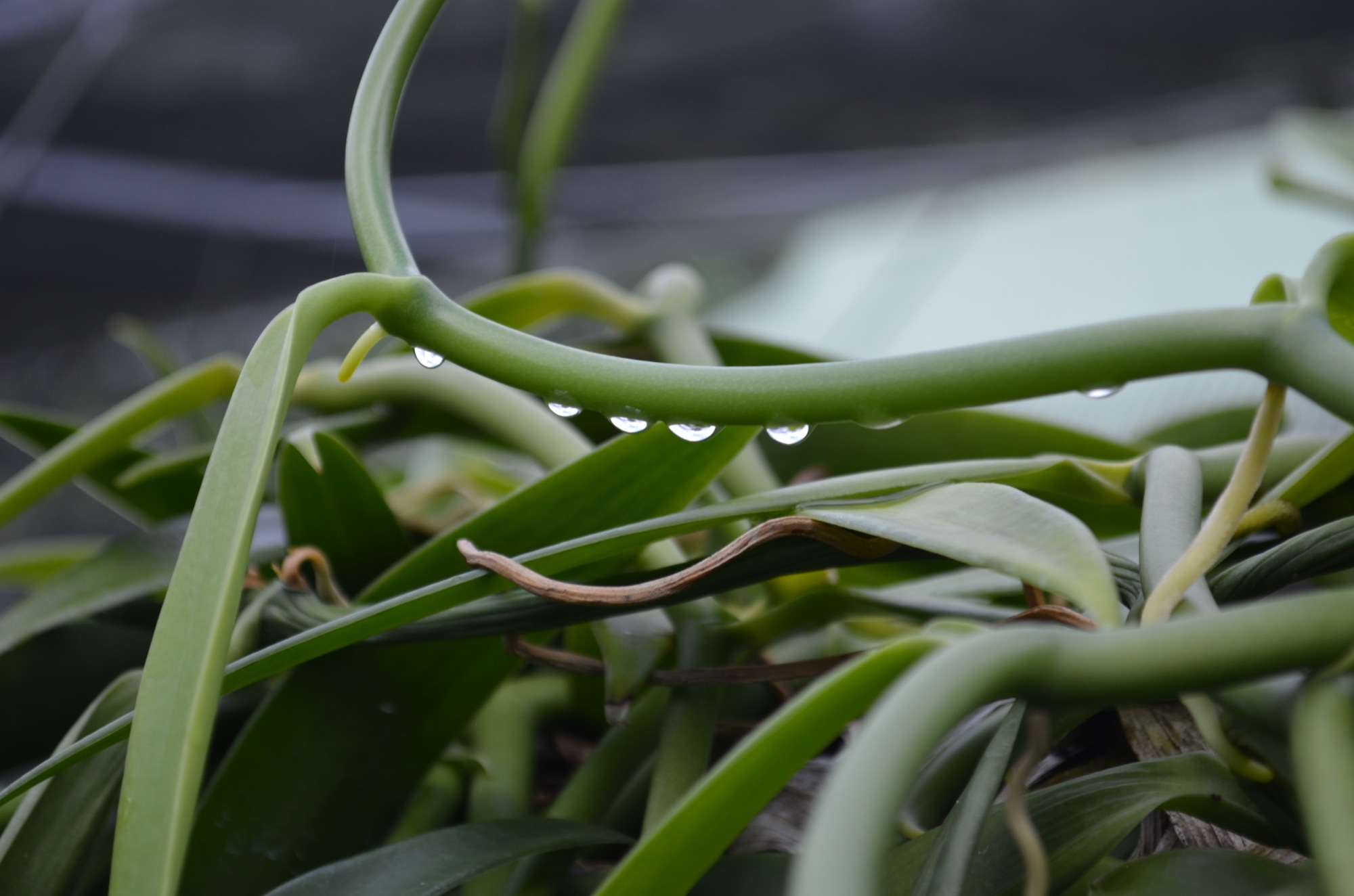
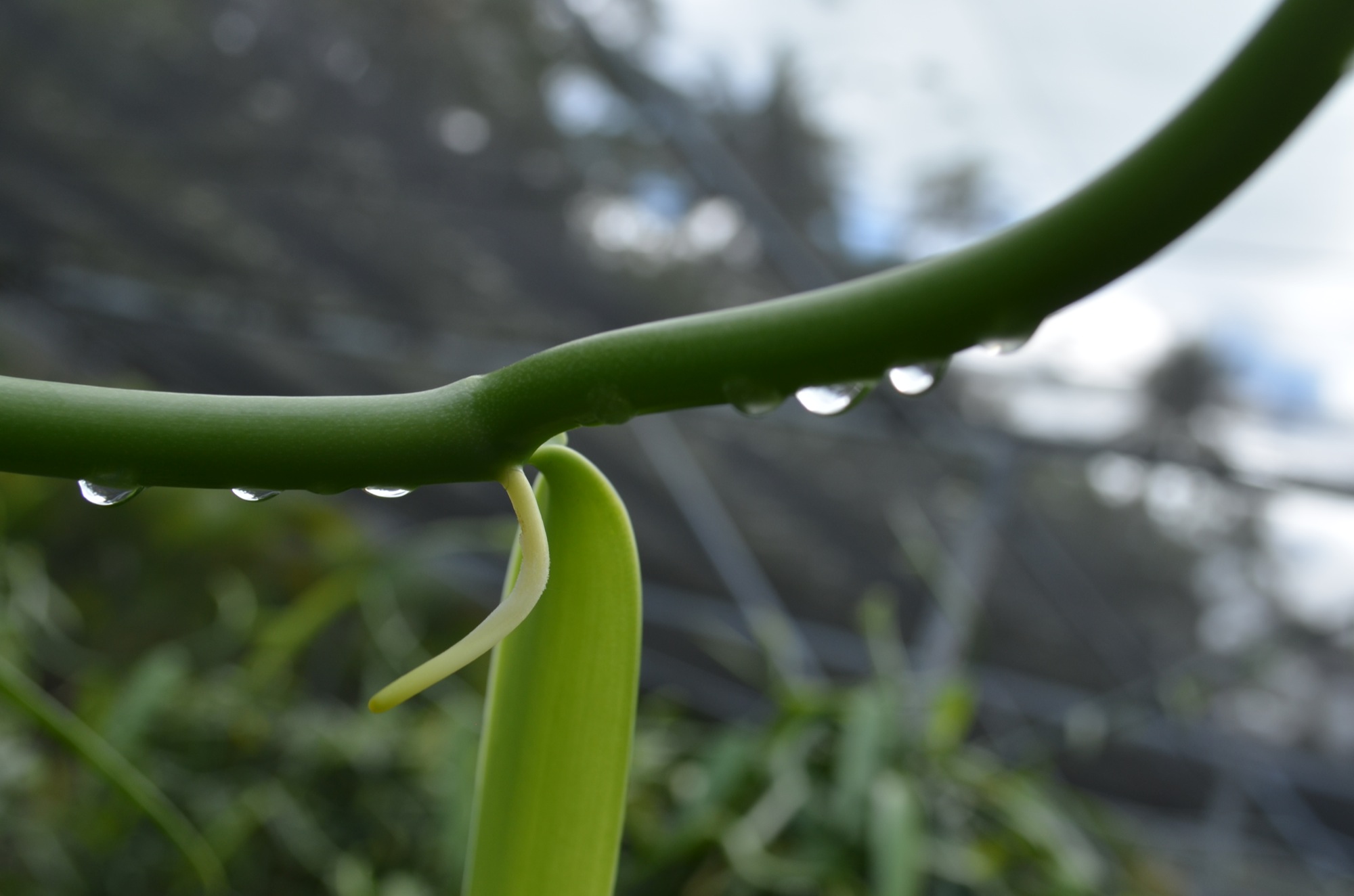




Once picked from the vine, the vanilla beans are cured. This is a multistage process that is both labor intensive and time consuming. We saw a variety vanilla products for sale at the plantation.
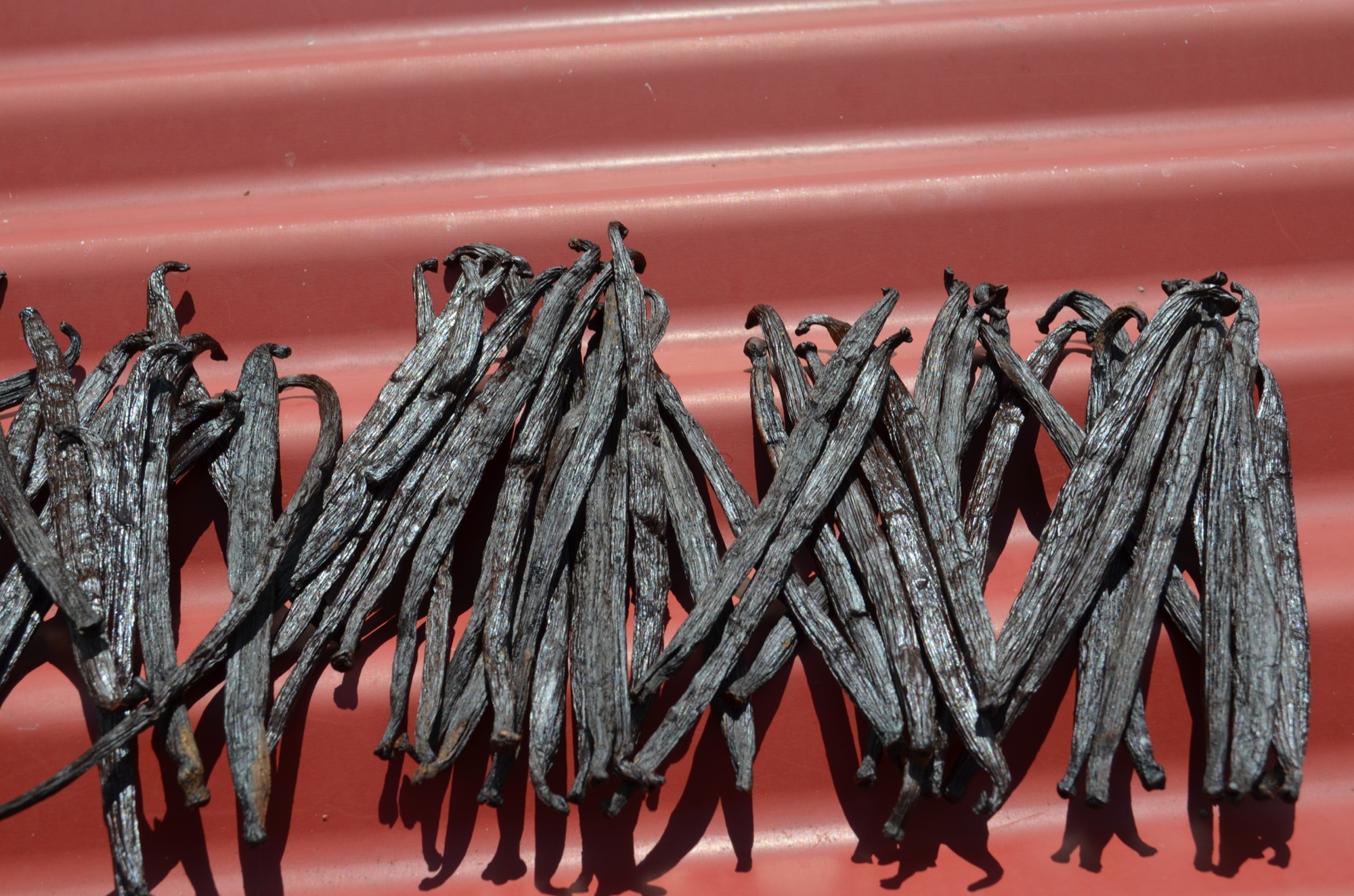
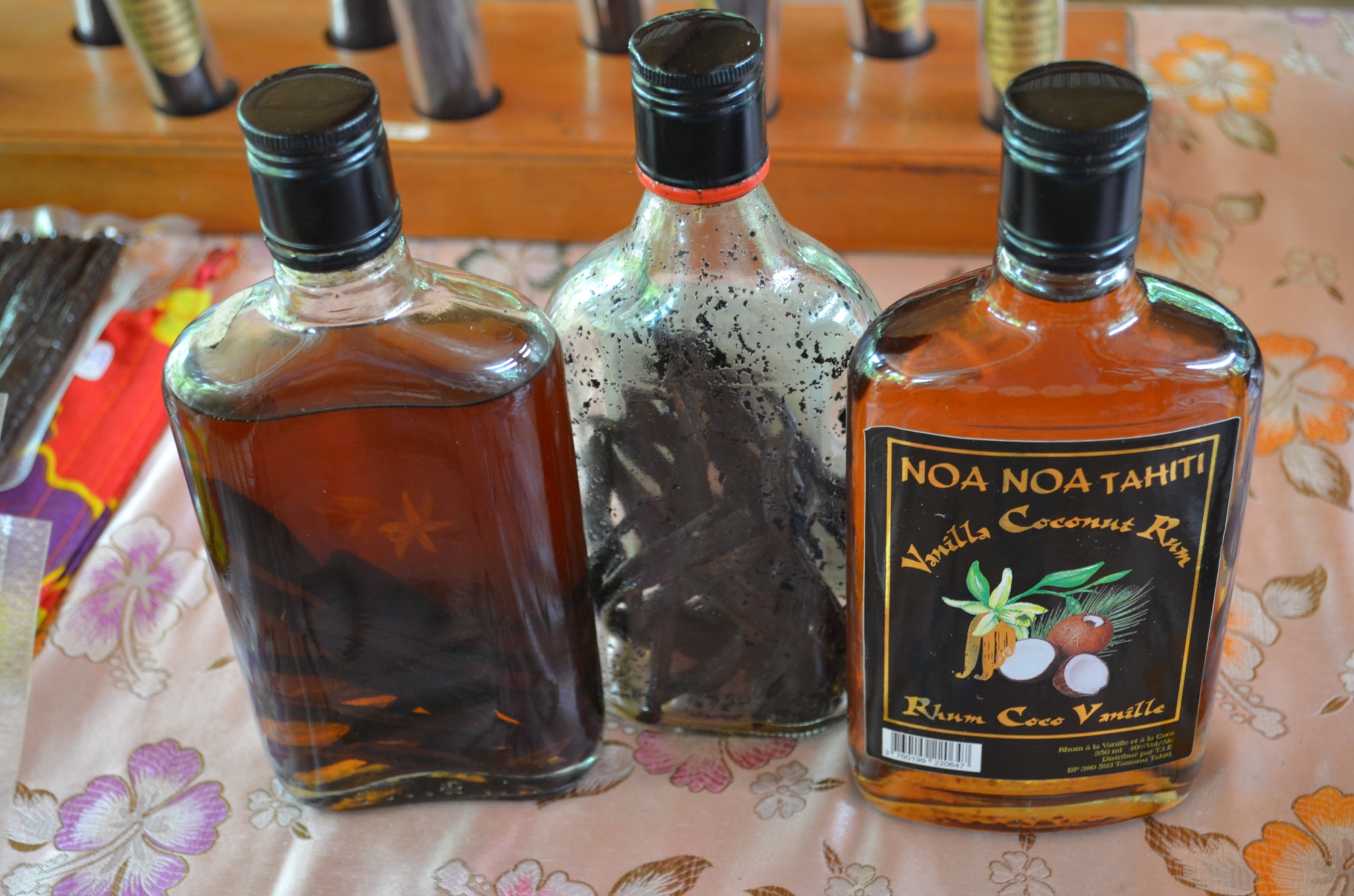

Black pearls are produced by giant black lipped oysters. These oysters are kept in long strings of net-like bags or in wire mesh containers that are hung in lagoons around the islands. Divers bring up the oysters when they reach a certain age and they are "seeded" so that a pearl begins to form. It takes about three years for an oyster to develop a full sized pearl.
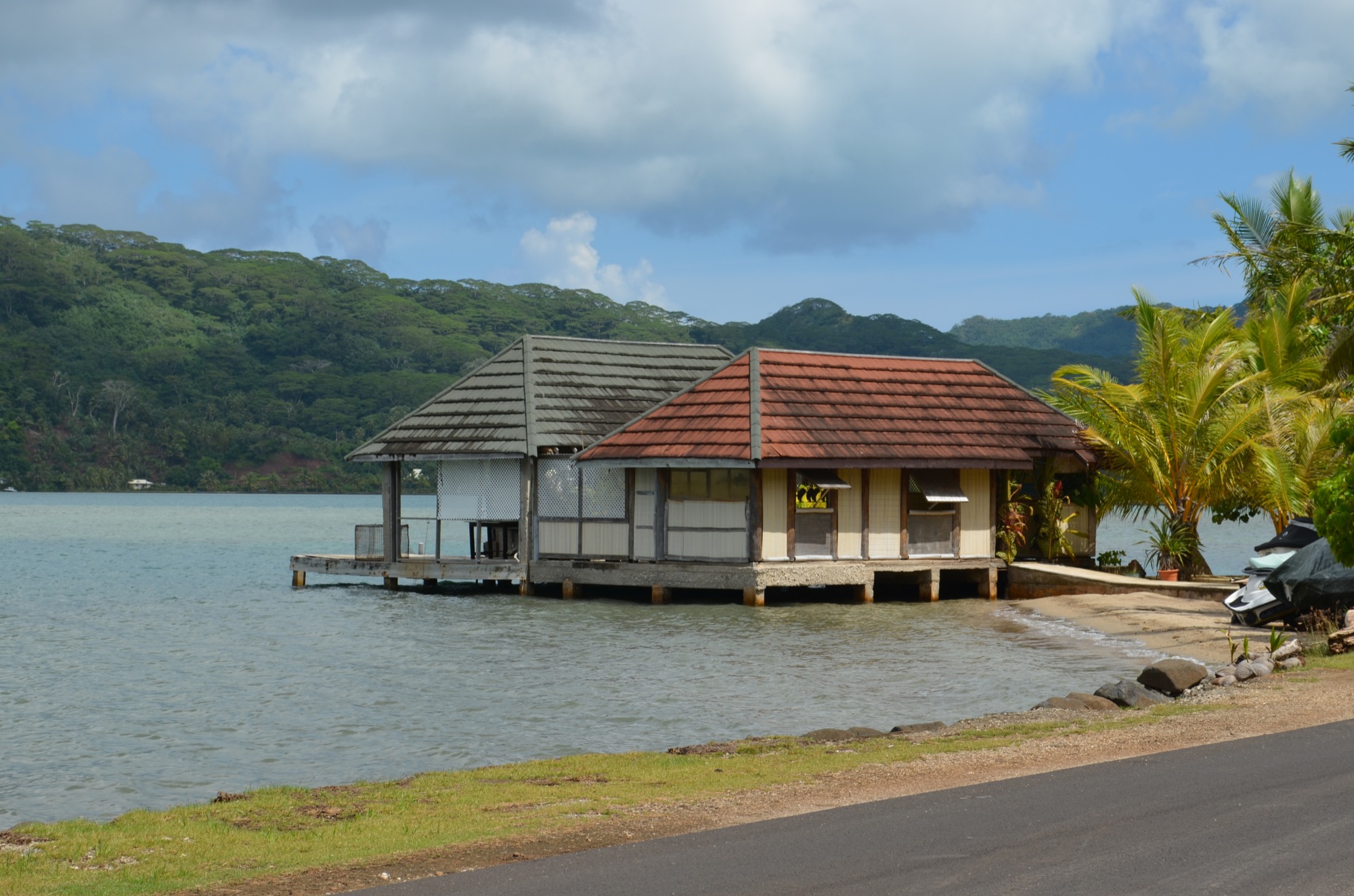
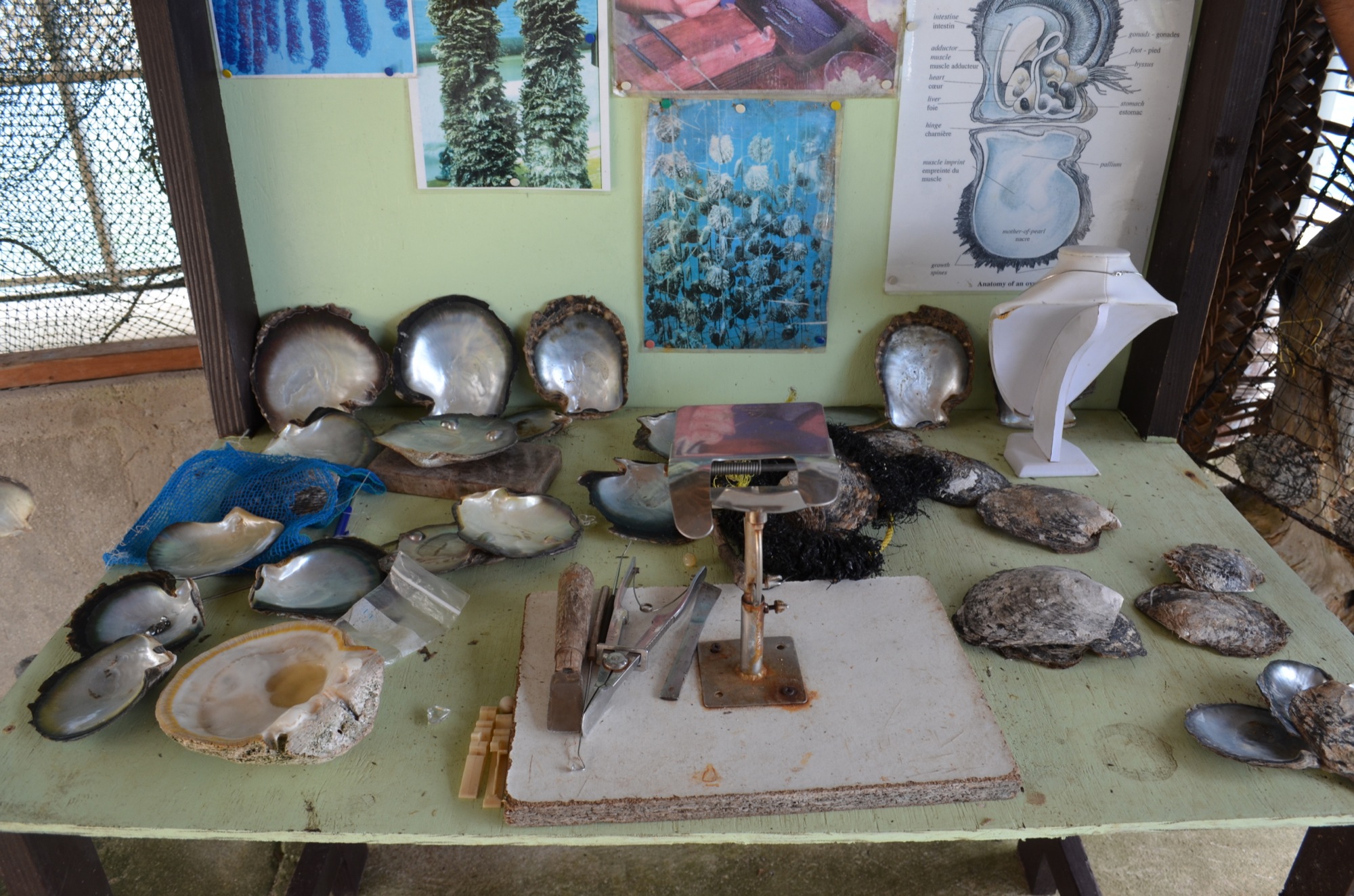



Somehow, seeing all that fish gave Steve a craving for some sushi. We enjoyed a relaxing lunch break before heading off for an afternoon of snorkeling. The zebra doves hung out because we kept throwing them bread.
